By Richard Gull
“I’d like to believe that I wouldn’t have been one of those infamous British people who tried to boo Dylan offstage when he went electric, but on the evidence of past form I very much fear I would have. We want our artists to remain as they were when we first loved them. But our artists want to move.”
—Zadie Smith in Some Notes on Attunement
My Generation
I recently went twice to see A Complete Unknown, the biopic about Bob Dylan’s early rise to stardom from 1961 until 1965 with Timothee Chalamet as Dylan. Both times the audience was mostly age fifty and up. I am eighty-five—two years older than Dylan. We are members of what is called, misleadingly, “The Silent Generation.” The postwar generation are Boomers, who are associated with the upheavals of the 1960s, but as Dylan puts it in his memoir, Chronicles, One, “I had very little in common with, and knew even less about, a generation that I was supposed to be the voice of.” The well-known movers of that era—Dylan, Warhol, Ginsberg, Baez, Beatles, Rolling Stones, and many others—are prewar or war babies.
On my second viewing of the film, I was accompanied by two friends my age. As the end credits rolled, Chalamet sings “Blowin’ in the Wind” and we sang along in unison. A man with a cane, struggling past us still seated stragglers to exit the row, exclaimed, “That was our generation, wasn’t it?” An elderly lady approached and sweetly took our hands. I mistakenly thought that she must be a friend of my friends, but she wasn’t. I then figured that she was a sixties flower child grown old and was wordlessly linking hands with kindred spirits.
In interviews Chalamet, who at twenty-nine is at the early end of Gen Z, expresses the hope that the film will reacquaint older generations with Dylan and introduce him to young people who know next to nothing about him. But can the sixties generation, who has forgotten its own disdain for its elders, connect to a distracted Gen Z by means of an intergenerational cinematic postcard like “A Complete Unknown”?
Dylan points to this problem of generational struggle in his recent book, The Philosophy of Modern Song, in a chapter titled “My Generation: The Who.” The Who’s sixties song “My Generation” was a hate poem to the older generation.
“People try to put us d-down (talkin’ ‘bout my generation)
Just because we get around (talkin’ ‘bout my generation)
Things they do look awful c-cold (talkin’ ‘bout my generation)
I hope I die before I get old (talkin’ ‘bout my generation)”
He writes, “Each generation seems to have the arrogance of ignorance, opting to throw out what has gone before instead of building on the past.” Yet young Dylan himself displayed contempt for age in the sixties when receiving the Tom Paine Society Award when he stated, “I consider myself young. It’s not an old peoples’ world anymore.” And his song “The Times They Are A-Changing” is sung to the delight of a young audience in A Complete Unknown.
“Come mothers and fathers
Throughout the land
And don’t criticize
What you can’t understand
Your sons and your daughters
Are beyond your command
Your old road is rapidly agin’”
Dylan’s Guthrie-like language—a changin’, agin’—and his tone, privilege the wisdom of the young over their elders. They see the world with fresh eyes. Myopic elders should not block changes that they fail to understand. Not only mothers and fathers, but senators and congressmen are being addressed, too. Both families and institutions should now heed the call of the young. The centers of power have shifted with the sands of time.
By contrast Dylan’s “A Hard Rain’s A-Gonna Fall” introduces his most transcendent expression of intergenerational drama. Conflict and misunderstanding are replaced by a poetic discourse of curiosity and love.
“Oh, where have you been, my blue-eyed son?
Oh, where have you been, my darling young one.”
The rambling son sings of a mythical journey to misty mountains, crooked highways, sad forests, and dead oceans. And: What did you see? What did you hear? Who did you meet? What’ll you do now? The son reports on a black branch with blood that kept drippin’, seeing one person starve, a man wounded in hatred, pellets of poison flooding the waters, a wave that could drown the whole world. He resolves to tell it and think it and speak it and breathe it. And reflect it from the mountains so all souls can see it. And he knows his song well before he starts singing. He warns in each repeating chorus that a hard rain’s a gonna fall. The song evokes ancient mythical themes and language to talk about the broken world of the present. Its mystical numerology—twelve misty mountains, seven sad forests—add an epic tone to the journey. It does not protest or confront.
Dylan Receives the Nobel for Literature
When Dylan was awarded a Nobel Prize for Literature in 2016, “Hard Rain” was chosen as Dylan’s signature song to be sung at the proceedings. The Nobel Committee seems to have recognized it as a dialogue between the curious parent and the wandering son discovering the brokenness of the world. It is a not a song of indignation but of resolve. But A Complete Unknown does Dylan a disservice by bluntly saying in the film’s final postscript that he did not show up at the ceremony, with no explanation given as to why. Given that the dénouement is Dylan going electric against the folk tradition, his no-show is framed as yet another characteristic act of rebellion. It implies that Dylan’s action at age seventy-five is to be understood as analogous to his antiestablishment, rebel-with-a cause electrification at age twenty-five. He had stayed forever young. To paraphrase Johnny Cash’s approval of his friend “BD’s” actions, he was just leaving more mud on the carpet.
To be sure, the Swedish Academy’s decision had its critics who encouraged this view by joking that some of its members had themselves gone electric: just as electrified music cannot be folk music, no music, however exalted, can be regarded as literature. This was “an ill-conceived nostalgia award wrenched from the rancid prostates of senile, gibbering hippies” wrote one critic. It was a category error.
But the Academy anticipated skepticism. They defended their decision as a deliberate widening of the category of “literature.” Salman Rushdie and poet Billie Collins approved. Collins argued that, unlike most modern song lyrics, Dylan’s hold up on the page as poetry. The Committee’s secretary pointed out that “Homer and Sappho wrote poetic texts that were meant to be listened to, were meant to be performed, often with musical instruments.” “In a distant past, all poetry was sung or tunefully recited, poets were rhapsodes, bards, troubadours; “lyrics’ comes from ‘lyre.’” In 2008 Dylan had received a Pulitzer Prize Special Citation for “his profound impact on popular music and American culture, marked by lyrical compositions of extraordinary poetic power.” The category of what is considered literature had already been widened. Such shifts can occur said the Committee. “When someone seizes upon a simple, overlooked form, discounted as art in the higher sense, and makes it mutate.” Besides, through Dylan the Academy stood to gain in prestige by “cultural money laundering.” Dylan was known as the author of antiwar protest songs in the sixties like “Masters of War.” Alfred J. Nobel, the inventor of explosives, tried to distance himself from the stigma of being “a merchant of death” by rewarding contributions to peace. Some argued that the Nobel was unworthy of Dylan rather than Dylan being unworthy of a Nobel.
It is true that Dylan never went to Sweden to accept the award nor to deliver the mandatory Nobel lecture. Richard F. Thomas recounts that it took him two weeks to reply to the initial announcement because, unlike writers whose work stands alone on the page, Dylan was a working musician on his so-called Never Ending Tour. In the two weeks following the Nobel announcement Dylan performed eleven concerts in eight states, fueling speculation in the press that he was snubbing the award. But then he called saying, “The news about the Nobel Prize left me speechless. I appreciate the honor so much.”
He delivered his Nobel lecture on tape with piano accompaniment, in the style of a talking blues. He said that in the beginning his musical influences were Buddy Holly and Leadbelly. Moby Dick, The Odyssey, and All Quiet on the Western Front were present to some degree in all of his work. He writes an epitaph to All Quiet’s protagonist whose life is ended in a trench in World War I:
“You’re so alone. Then a piece of shrapnel hits the side of your head and you’re dead. You’ve been ruled out, crossed out. You’ve been exterminated. I put this book down and closed it up. I never wanted to read another war novel again, and I never did.”
He adds: “You’ve come to despise that older generation that sent you into this madness, into this torture chamber.” In this poetic lecture one sees the roots of Dylan’s “Masters of War”:
“You that never done nothin’
But build to destroy
You play with my world
Like it’s your little toy”
I can imagine a film postscript scene with a seventy-five-year-old Dylan expressing in a talking blues the horror of the protagonist of All Quiet catching shrapnel in his brain in a rat-infested trench as WWI ended. The scene had haunted him since high school in Hibbing, Minnesota.
In A Complete Unknown Joan Baez hears Dylan singing this song in the downstairs club Gaslight, grabs him on his way out in the stairwell and they passionately kiss. It is October 1962, the day of the Cuban Missile Crisis. She has left her apartment to escape, but nuclear war allows nowhere safe to go. They return to his apartment, make love, and he is up early writing “Blowin’ in the Wind.” This sequence is a fictional account of how Dylan and Baez began their affair. But it enacts a truth about the zeitgeist of 1962. The Boomer generation will remember being instructed to “duck and cover” under their desks in grade school in the event of nuclear war. Baez and Dylan here enact an erotic version of duck and cover in the face of a Cold War “Hard Rain” falling. A last chance for love making in the face of annihilation.
Philosopher Bertrand Russell (1872-1970) received the Nobel Prize for literature in 1950. He declared, like Oppenheimer, that the advent of atomic weapons meant that any wars must be avoided since they threaten the extinction of mankind. Russell read whodunnits instead of great literature to deal with his fear of nuclear annihilation. He claimed that in whodunnits characters jump in and out of bed with alacrity. Even at ninety Russell used sex, or the imagination of it, as an opiate to still the anxious zeitgeist of the nuclear age.
The Representation of Race
Bruce Langhorne played guitar on many of Dylan’s albums, including Bringing It All Back Home, and on his famous Newport electric performance in 1965. He sometimes played a Turkish drum he purchased in Greenwich Village, with bells added on the inside. When asked to play it in a session by a producer, he became the inspiration for Dylan’s “Mr. Tambourine Man.” Dylan said of Langhorne that, “If you had Bruce playing with you, that’s all you need to do just about anything.” Born in Harlem, he and Odetta sang “Oh Freedom” at the 1963 March on Washington before Martin Luther King, Jr. delivered his “I have a dream” speech. He died in 2010. He is played in A Complete Unknown by Malick Koby, an Abijan-born singer-songwriter.
Brownie McGhee is the blues musician who appears in Pete Seeger’s television show with Dylan. He and Dylan played and wrote songs together in the early Greenwich Village days. He is played by Joshua Henry who played Aaron Burr in the Los Angeles production of Hamilton. In the film, McGhee offers his guitar to Dylan, wanting him to play some blues. Dylan resists taking his guitar, saying that it would be like borrowing Brownie’s woman. But Brownie insists, with the proviso that Dylan does not squeeze her too tightly. Dylan launches into his 1965 blues “It Takes a Lot to Laugh, It Takes a Train to Cry.”
The scene encapsulates Dylan’s complex relationship to the civil rights movement. As shown in the film, he plays “Only a Pawn in Their Game,” about the assassination of Medgar Evers, at the 1963 March on Washington. Not shown is the controversy over whether Dylan and Baez were putting themselves out in front of the movement or simply supporting it. Will Kaufman writes that as a result of this dispute, “Dylan had become highly circumspect over whether and where he would choose to perform the blues.” Since the origin of the blues is in the historic pain of African Americans, he would be stealing his authenticity instead of acting out of spiritual love. He would be squeezing the blues too tightly. This problem is expressed in the title of Dylan’s 2001 album ‘Love and Theft,’ whose quotation marks indicate that it is taken from Eric Lott’s book about the history of minstrelsy in America. To avoid stealing black authenticity, Dylan’s songs about race do not depend on a bluesy performance to do their cultural work. Some are biographies of blacks who have suffered racial injustice like Medgar Evers, Hattie Carroll, Emmett Till, or Hurricane Carter. Dylan’s persona in performing these songs is that of a white witness playing the role of historian or reporter. He has said that he believes in the cause of civil rights, but he also believes in “distance.” Singing the blues risks stealing the black voice, ventriloquizing the black narrative in a kind of minstrelsy.
“Blowin’ in the Wind” is not a blues nor a biography of racial injustice. But it is both antiwar and antiracist. “How many roads must a man walk down before you call him a man?” seems to be a reference to the three-fifths of a person status of slaves in the antebellum constitution. It inspired singer-songwriter Sam Cooke to write his civil rights anthem “A Change is Gonna Come.” Folksingers like Dylan “may not sound as good, but people believe them more.” “Blowin’ in the Wind” asks a series of questions about change, “A Change is Gonna Come” declares that change is coming.
Dylan’s 1965 “Ballad of a Thin Man” reverses the subject-object, white-black, gaze of minstrelsy. Mr. Jones is a white gaze. An educated square who knows that “something is happening here,” but he doesn’t know what it is. In one verse Mr. Jones purchases a ticket to watch a geek, a caged carnival performer who bites off the head of a chicken or snake and is usually black. It is a grotesque form of minstrelsy:
“You hand in your ticket and you go watch the geek/
Who immediately walks up to you when he hears you speak/
And says, ‘How does it feel to be such a freak’/And you say, ‘Impossible!’ as he hands you a bone/
And something is happening here and you don’t know what it is/
Do you, Mr. Jones?”
Mr. Jones’ mask of conformity is removed by a geek, who asks him how it feels to be a freak. If Mr. Jones pays to see a geek, he should examine what a freak that makes him, despite his feeling that that’s impossible. He’s unhip, out of time with what’s going on, even with himself. The black voice of the geek, the black gaze, informs him that he, too, is a witness, despite his perceived degraded state. He offers Mr. Jones a bone as a token of their equality in this regard. His gesture of offering the bone subverts his perceived inferiority, asserting his equality as a witness. In Todd Haynes 2007 film I’m Not There, Cate Blanchett as Dylan offers Mr. Jones a microphone through the bars for a comment from the inside of the geek’s cage. The microphone symbolically transforms the black gaze into the song’s interrogation of Mr. Jones: “How does it feel to be such a freak.”
Although puzzling to many folks, Black Panther Bobby Seale knew what was happening here. He writes in Seize the Time:
“Huey P. Newton made me recognize the lyrics. What the lyrics meant in the history of racism that has perpetuated itself in this world. Maybe we can get a hell of a lot more out of brother Bobby, because old Bobby, he did a good job on that set.”
In A Complete Unknown a young black woman named Becka accompanies Dylan to a party. When they leave together, Dylan complains that fame brings a heavy load of expectations. As he walks away from her, Becka asks Dylan if she is a heavy load and says that she loves him. He says that she hardly knows him. Becka is played by Laura Kariuki. She is a fabrication, representing no particular person in Dylan’s story. Yet, during this period, Dylan was smitten by the gospel and blues singer Mavis Staples. According to Gayle Wald they had a several-year-long courtship leading to a marriage proposal by Dylan which she turned down. Perhaps she didn’t want to marry a white man during the civil rights movement. But they remained life-long friends. This occurred while Dylan was dating Suze Rotolo and burgeoning his career playing duets with Joan Baez. Although Mavis Staples is mentioned five times in Elijah Wald’s Dylan Goes Electric, the inspiration for the film, there is no mention of the romance between Mavis and Dylan. On the back side of the typescript for Dylan’s 1965 Subterranean Homesick Blues are lines for his never-recorded song. “Mavis:”
1. “down in Chicago town there lives a queen
She sings the blues if you know what I mean
Ah Mavis
2. I dream she’s singing in my sleep but worse
I wake up thinking I’m in church
3. she sings the blues in a long white robe”
Dylan had been attracted by the creative and sonic authority of black gospel chanteuses at least as early as 1958 listening to Odetta Sings Ballads and Blues. He was struck by her operatic voice and percussive guitar playing. She is mentioned in A Complete Unknown on a list of folk performers in a planning meeting of the Newport Folk Festival committee. But in the onstage swirl following Dylan’s exit after going electric, I think I briefly spotted a woman who looked like her, but she is not listed in the credits. Odetta has the distinction of being the first artist to release an album of Dylan songs, Odetta Sings Dylan, in 1965, which I still own.
Dylan composed and performed his gospel catalogue from 1979-1981, accompanied by so-called “backup” singers, including Carolyn Dennis, who he would eventually marry and have his child. Howard Sounes writes, “The birth was one of the most closely guarded secrets of Bob’s career.”
According to Will Kaufman, Dylan “never fell into the trap of many other white performers of black music—attempting to be black, at least in voice.” This is not completely true. Timothy Hampton writes that during his Christian period of songwriting when Dylan uses what linguists refer to as African American Vernacular English in several of his gospel songs: “So, ”I Believe in You,” from 1979 gives us “Cause I don’t be like they’d like me to” (instead of the more standard, “I won’t be”), and “when white turn to black” (instead of “turns”); “Saving Grace” gives us “the death of life, then come the resurrection;” “Slow Train” says “it cost more to store the food than it do to give it,’ and so on.”
Unlike Dylan’s avoidance of ventriloquizing the black blues voice, in gospel Dylan is willing to use Black English. Timothy Hampton sees the shift in language as signaling Dylan’s perceived victimhood, as “an allegory for his marginalization as a Christian rock star.” So, on the blues side the love versus theft dialectic, Dylan avoids theft; on the gospel side, his love turns into theft.
When Dylan moved from acoustic folk music to electric rock at Newport, he and his band were booed. When Dylan moved from rock to gospel, he and his backup singers were booed. Paradoxically, his bluesy gospel compositions did not feel like gospel to a black audience, many of whom, like Pops Staples, regarded his “Blowin’ in the Wind” as authentic gospel. Although Dylan’s Christian period ended with “Infidels” in the early eighties, he won a grammy for his gospel-inflected “You Gotta Serve Somebody” in the late eighties, with a reappearance of black backup singers.
Greil Marcus writes that he came to understand Dylan’s conversion to Christianity as a rediscovery of himself: “Bob Dylan had been offered the kingdom of being recognized as himself, as someone he had all but forgotten.” Sean Wilentz writes derisively of his relationships with his black “backup singers:” “Dylan . . . performed with his own soulful black maidens, who were also, at various times, his lovers. In the American South, the lines between one kind of show and the other—Holy Rollers and hoochie-coochie—had always been blurry; indeed, one sometimes followed the other on the same night.”
Dylan scholarship tends to minimize the agency of these black women singers and musicians. His so-called backup singers, who included Clydie King (formerly with Ray Charles) and his new wife Carolyn Dennis, writes Gayle Wald, “Not only supported him sonically in this era through their arresting vocal arrangements and skillful percussive accompaniment, but also pushed him to be a better—that is, more spirit-infused—singer.”
In A Complete Unknown, the Becka character is an illegible cipher rendering opaque the story of Dylan’s relationships with black women, both musically and romantically.
Dylan and The Great Gatsby
The Great Gatsby is often called the great American novel. Young people read it in school, often once and never again. Many have seen a film inspired by it. They are struck by the romance and twenties’ glamour. On the track “Summer Days” from Dylan’s 2001 album ‘Love and Theft,’ Dylan adopts Gatsby as a philosophical self: old, rich, partying late into the night. He puts the novel’s Gatsby in conversation with his.
Bob Dylan and Jay Gatsby have quintessentially American stories of self-invention. Both travel from the Midwest to New York City, and both change their names and make up stories about their past. They become wealthy and are celebrated by the glitterati. The city represents modernity and its challenges. Fitzgerald’s novel, published in 1925, puts new technology at its center—the automobile, both physically and symbolically. The technological counterpart is Dylan going electric at the Newport Folk Festival in 1965. In the novel, the rich are careless drivers and careless people. Gatsby dies because rich Tom Buchanan ruthlessly lies about who was driving Gatsby’s big yellow car when it struck his mistress on the road. Electricity only got Dylan booed. But his going electric at Newport was symbolically a quantum leap in modern popular culture. Until Dylan, popular songs were entertainment. He turned them into literature.
Dylan’s Gatsby has a dance partner who says, “You can’t repeat the past.” He replies: “Can’t repeat the past? Well of course you can.” This is essentially Gatsby’s exchange with his friend Nick in the novel. Years have past since Gatsby’s brief romance with Daisy in Louisville. She’s now married to Tom Buchanan. Nick warns, “’I wouldn’t expect too much of her. You can’t repeat the past.’ ‘Can’t repeat the past?’ Gatsby cries incredulously? Of course you can.’”
The Great Gatsby itself has gone electric since its publication in 1925. Its meaning has changed with the times. The latest film iteration is director Baz Luhrmann’s 2013 version. Discussions of racist replacement theory are in the novel, and they flourish in the Trump era. Tom Buchanan had read only one book, The Rise of the Coloured Empires and spreads its message. In the film we can hear the music that the novel can only mention on the page. Daisy Buchanan grew up in Jim Crow Louisville, where black blues was filtered out by a racist culture.
“For Daisy was young and her artificial world was redolent of orchids and pleasant, cheerful snobbery and orchestras which set the rhythm of the year, summing up the sadness and suggestiveness of life in new tunes. All night the saxophone wailed the hopeless comment of the ‘Beale Street Blues’ while a hundred pairs of golden and silver slippers shuffled the shining dust.”
Black blues cannot be heard because it is drowned out by orchestras playing the latest dance music for white debutante parties.
Gatsby’s parties are similarly an artificial world of cheerful snobbery and orchestras. In the novel the music is described as “yellow cocktail music” of white privilege, with no black blues. Gatsby doesn’t want to advertise his otherness to Daisy, a Southern belle he hopes will walk in one night. In Luhrmann’s 2013 film, black music occurs in the city, as in the speakeasy scene, in which Jay-Z’s “$100 Bill” plays on the soundtrack. Hip-hop here substitutes for the blues in representing the Black experience. In the lyrics Jay-Z, like Dylan on “Summer Days,” becomes a Gatsby-like character rapping, “History don’t repeat itself, it rhymes....”
Tom and Daisy don’t show up at Gatsby’s funeral. Speaking to his dead body, his friend Nick promises Gatsby that he will be remembered. He goes back to the Midwest and writes Gatsby’s story. The novel is a delayed eulogy. Nick’s story is a lonely act of witness. Without it, he thinks, Gatsby’s story will be lost forever in a web of lies and gossip. Without the ability to mourn our past, be it Gatsby’s story or America’s, it will disappear. And so might Nick’s eulogy itself eventually slip away into America’s endemic amnesia. If the story’s mutilation principle is carelessness, its corrective principle is mourning. Dylan becomes a white witness of black oppression in the post-World War II period. He gives us words and music that allow us to mourn our original historical sin. Grief testifies to the importance of one’s love and caring for others. Unlike Fitzgerald’s novel, his performances bring moral urgency to care through action.
Dylan resembles Walt Whitman on democracy and grief. Martha Nussbaum writes of Whitman’s expression of the nation’s grief over the death of Lincoln. “The poet gives his dead president a portrait of the nation from the point of view of a citizen of this transformed democracy, a place of truly free and equal individuals, where all, capable of mourning, can let go of hate and disgust, and pursue a truly inclusive love.... The recognition of mortality has as its natural corollary a redoubled attention to our duties in the world.” The inability to grieve the past is a source of the rage of the present moment; a politics of grief must replace the politics of grievance.
Richard Gull is an Emeritus Professor of Philosophy at the University of Michigan. He resides in Ann Arbor and can be reached by email at rgull@umich.edu.
Related Articles:













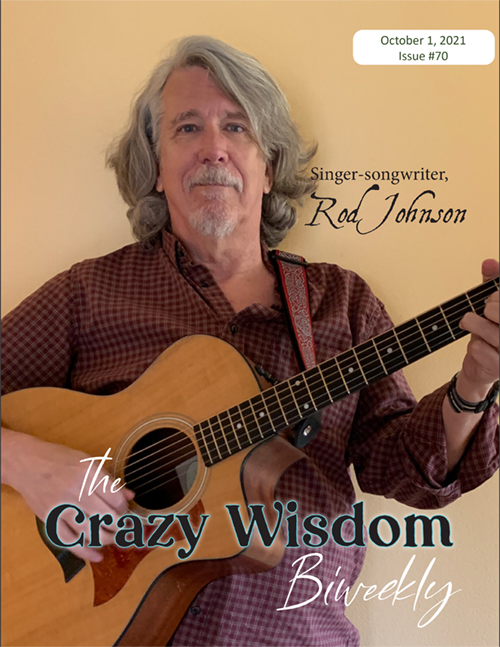
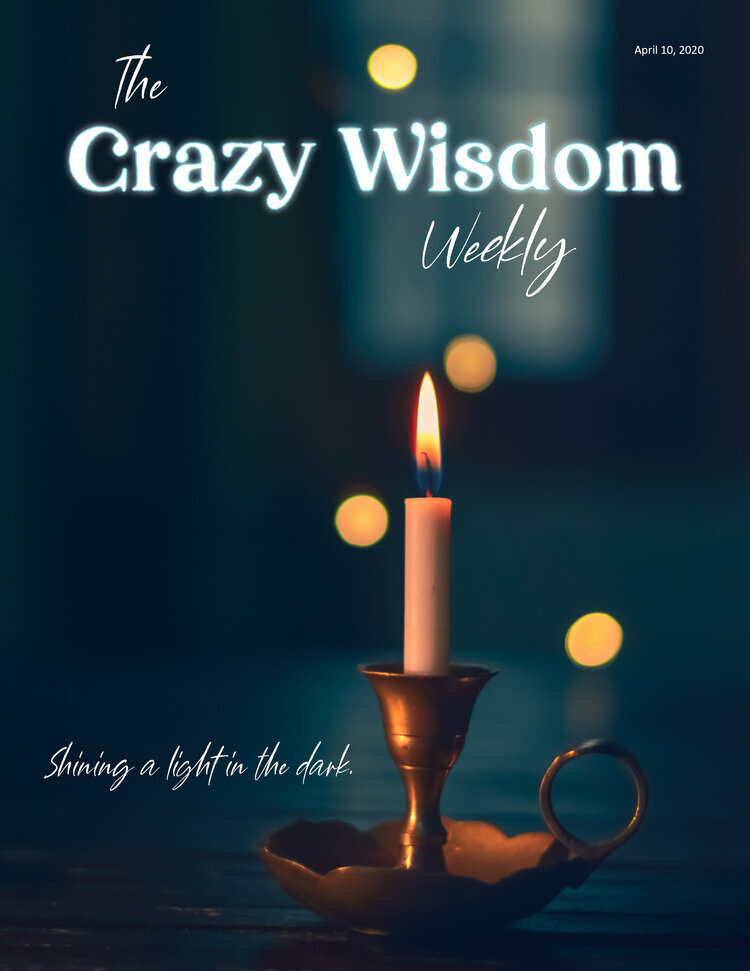
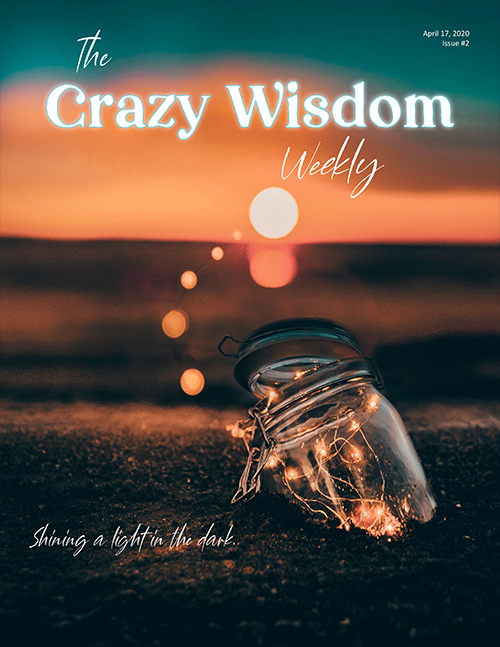
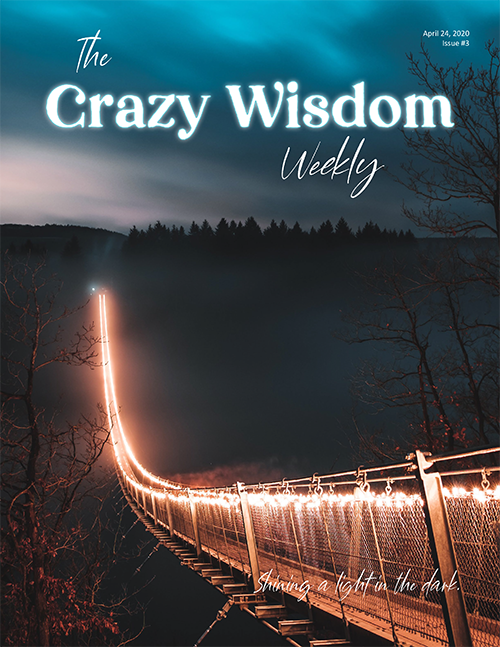


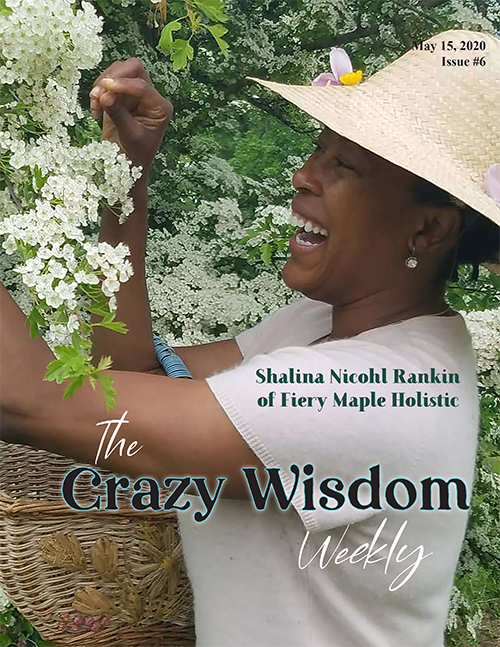
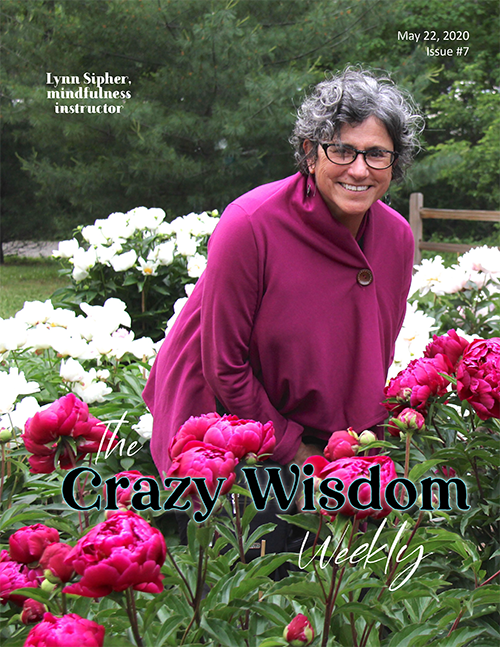
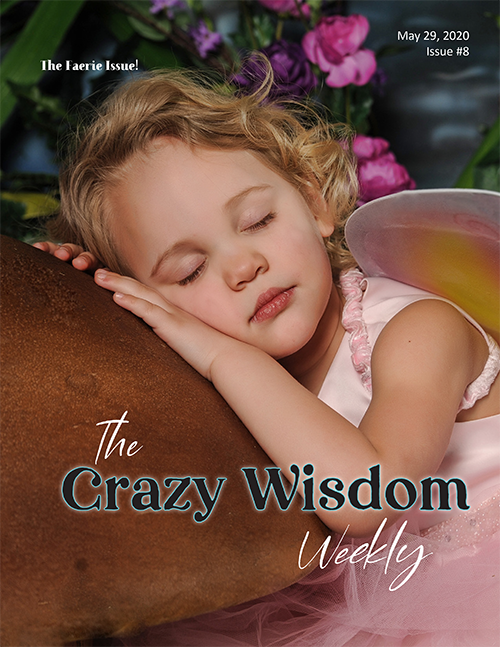


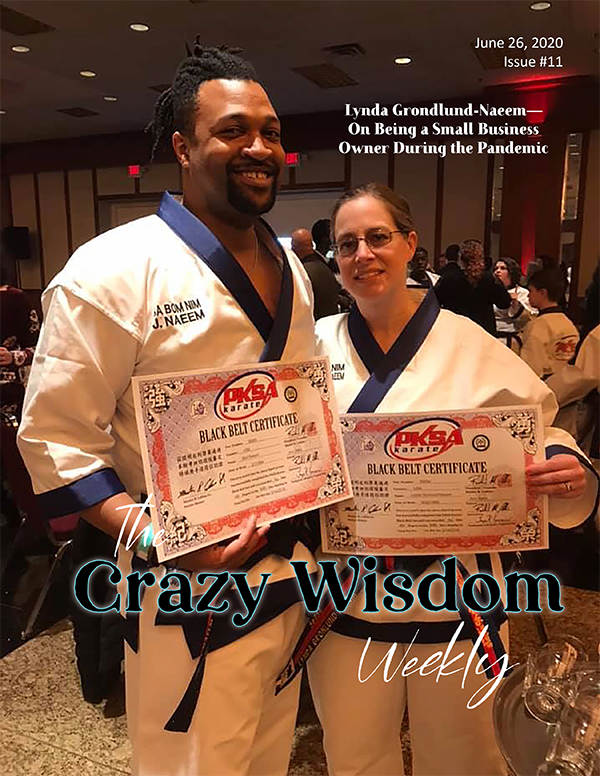
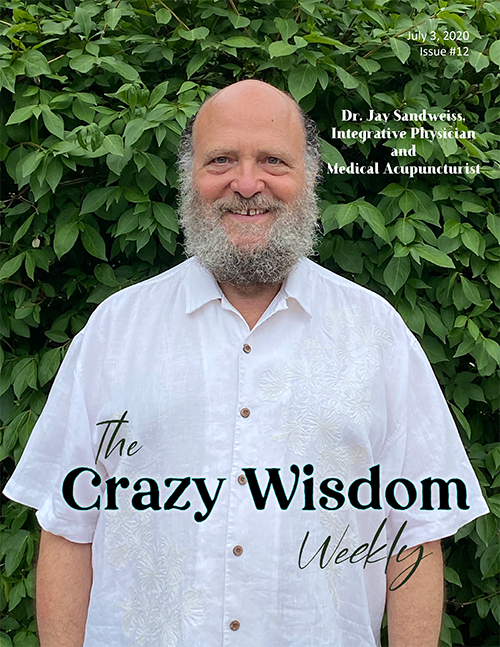
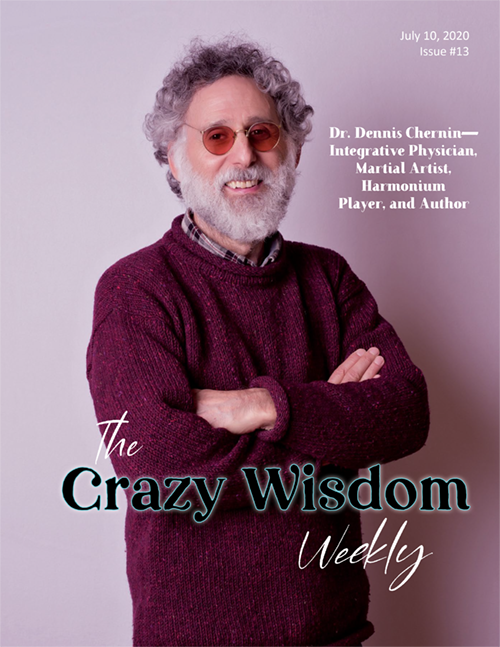
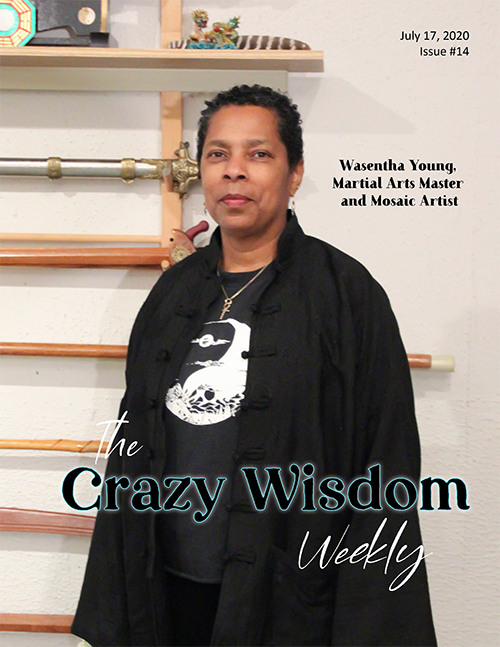
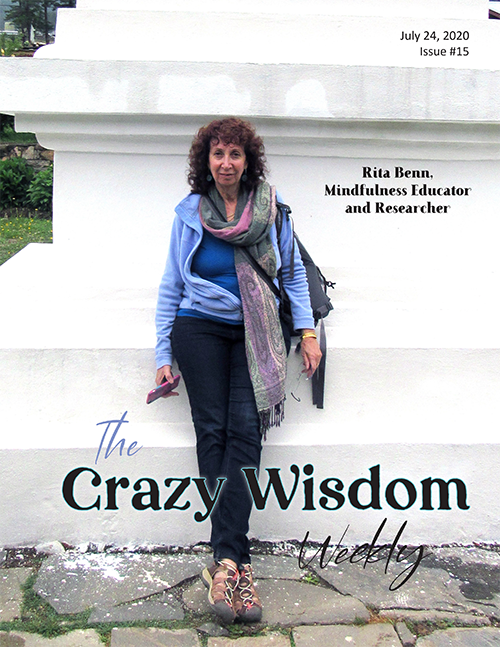

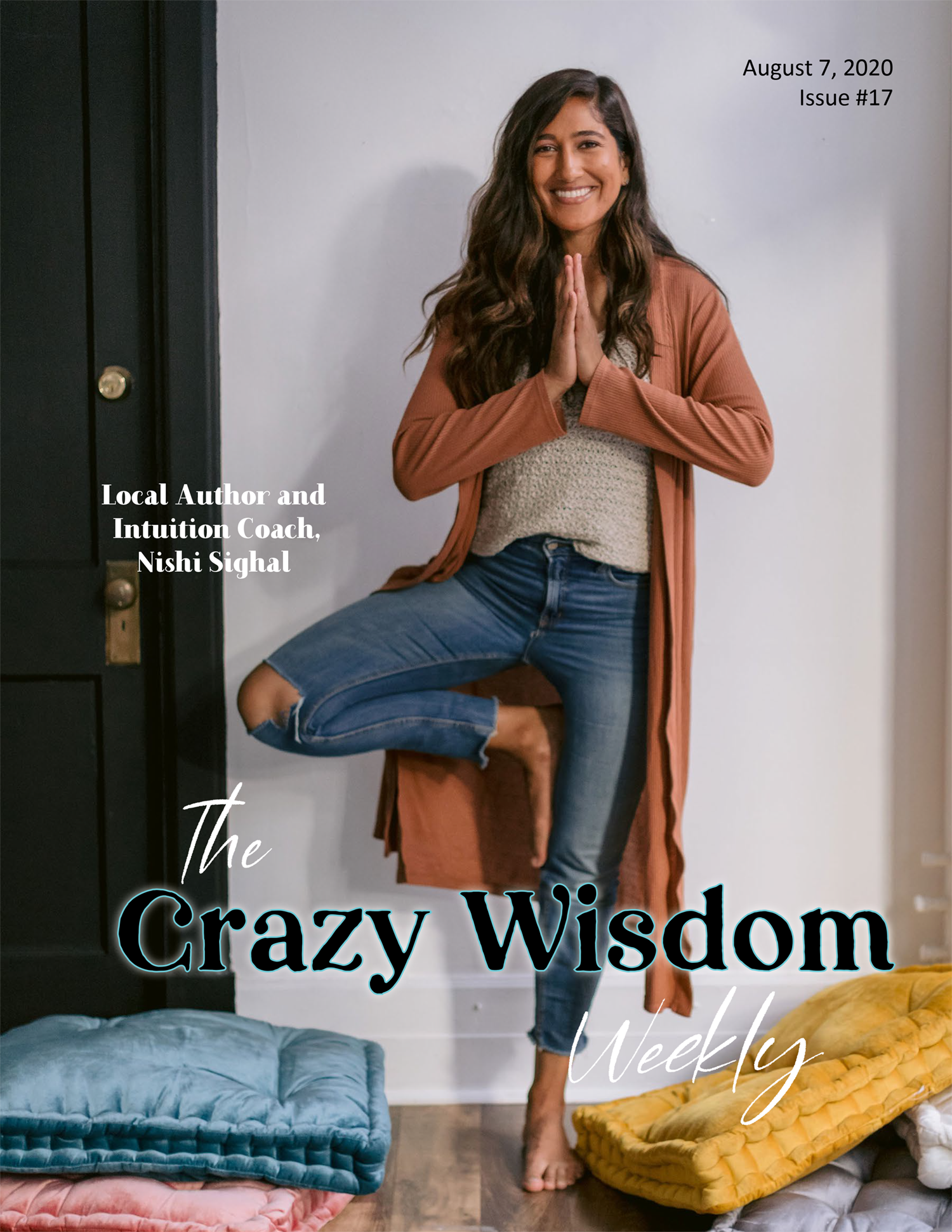

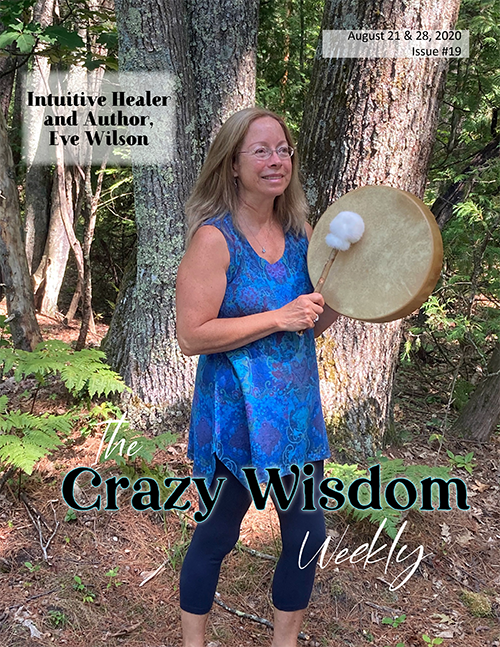



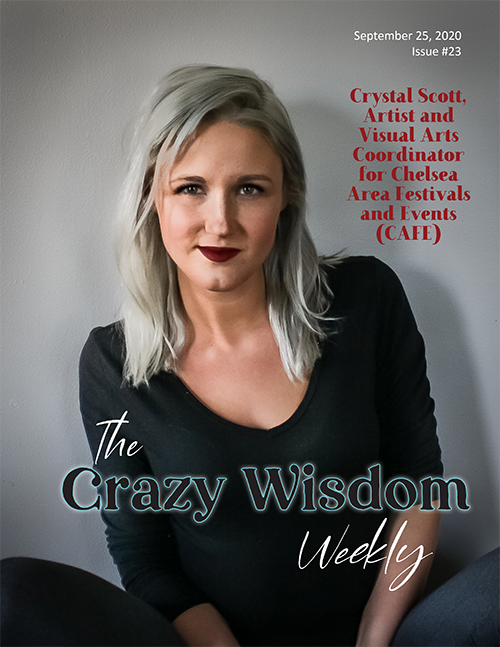
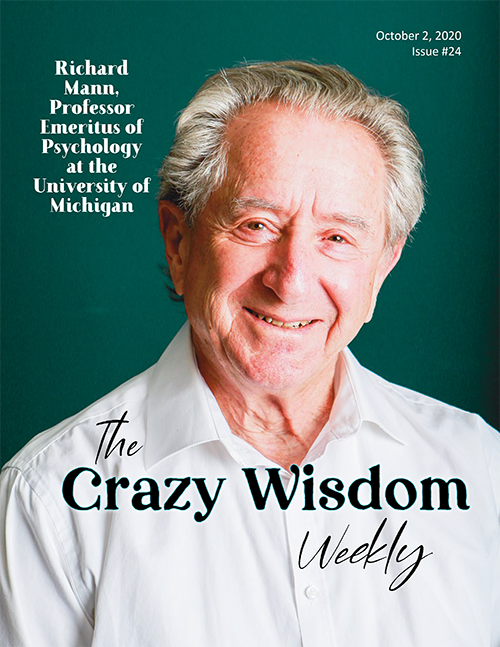
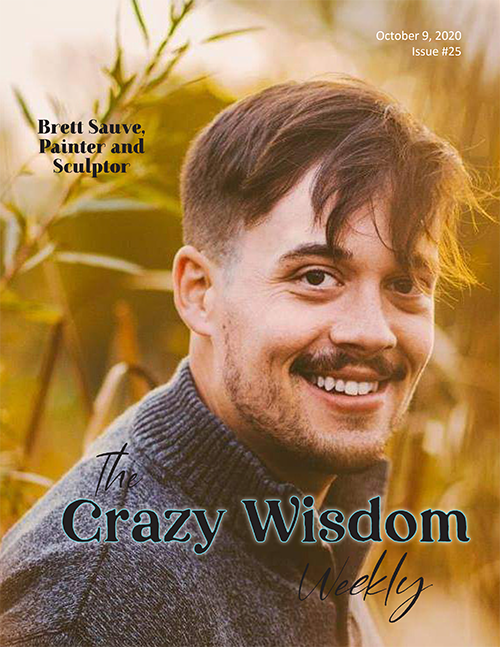
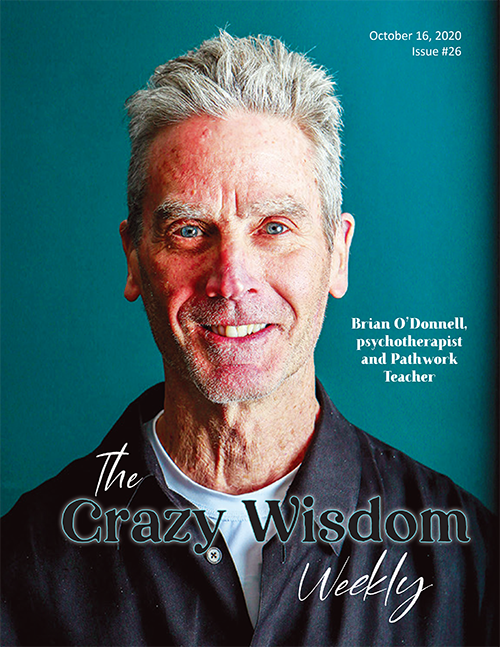
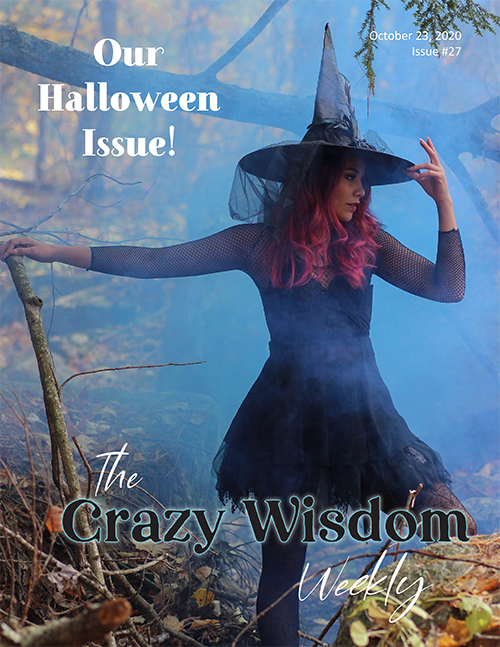
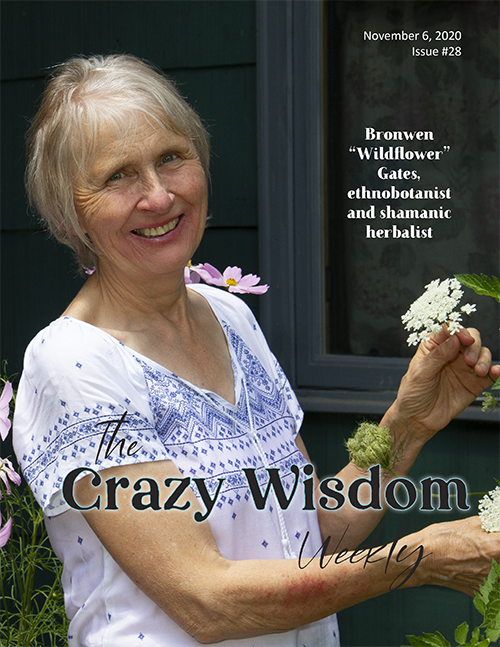
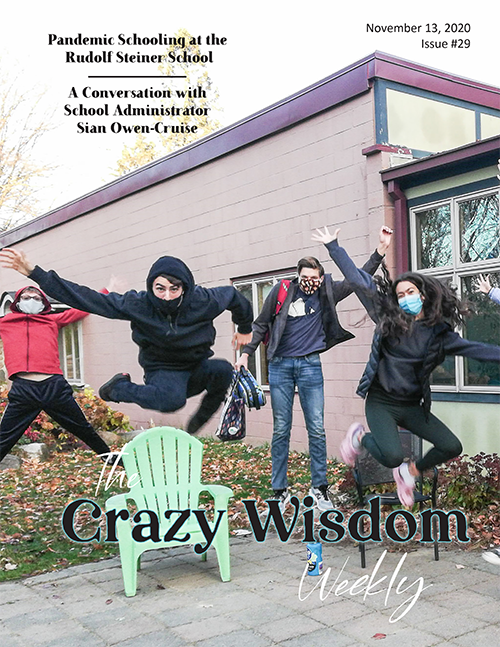
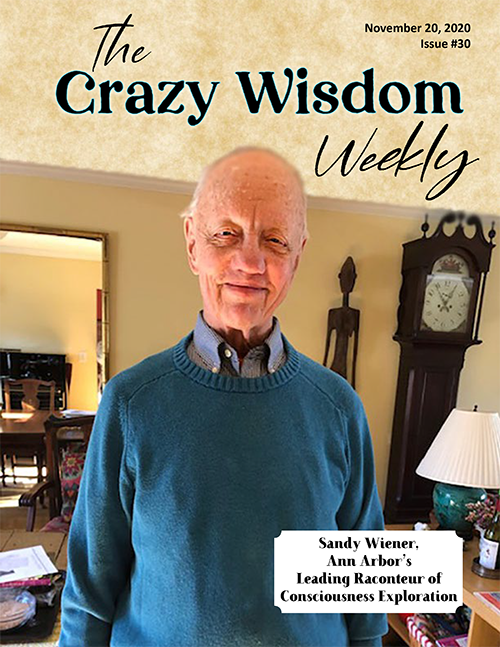
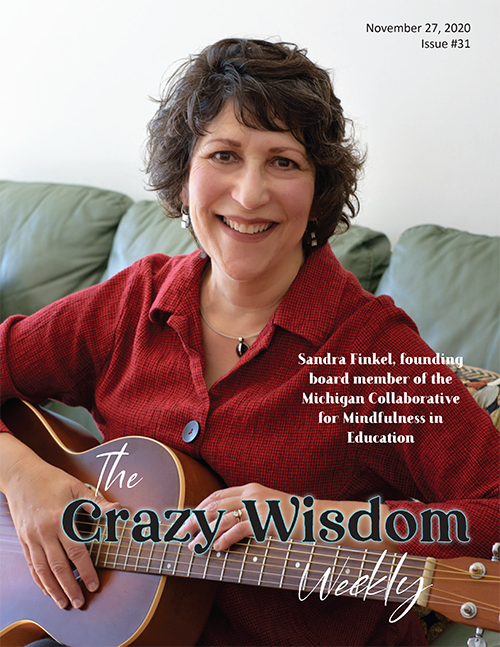
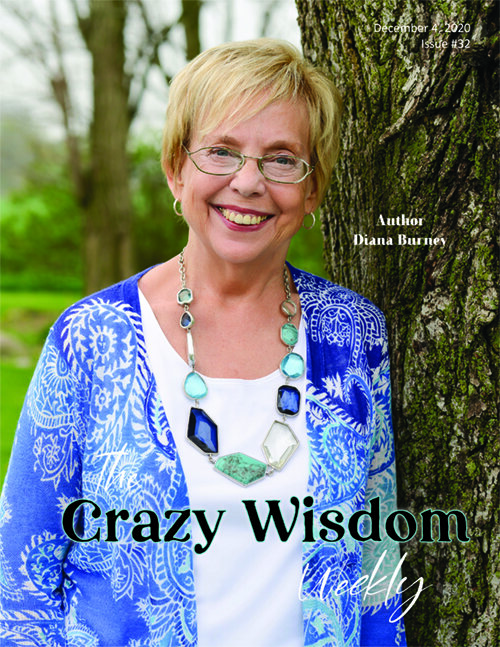

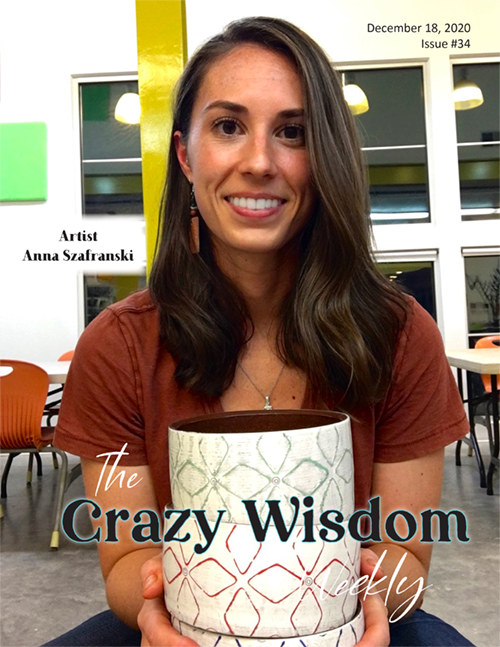
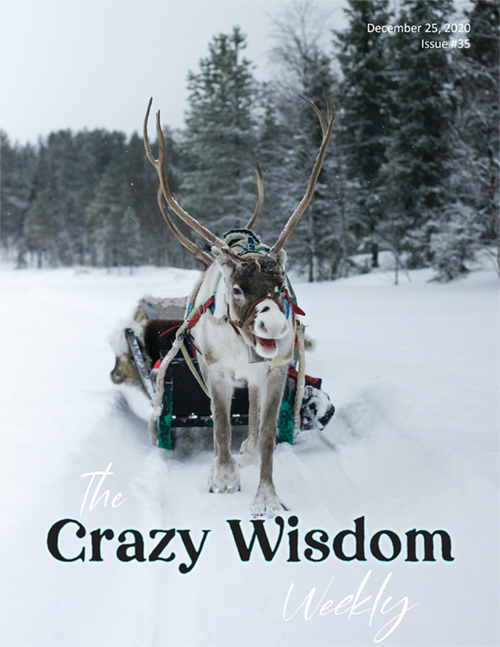
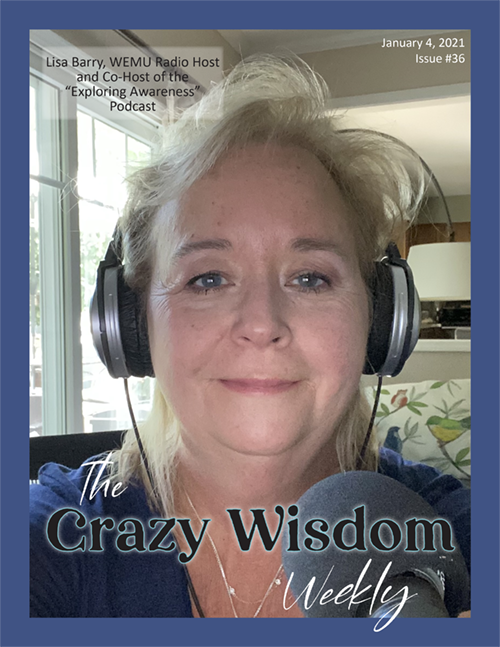


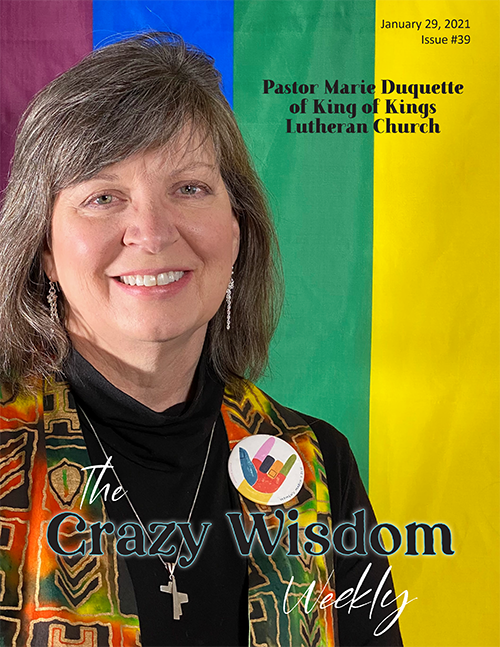




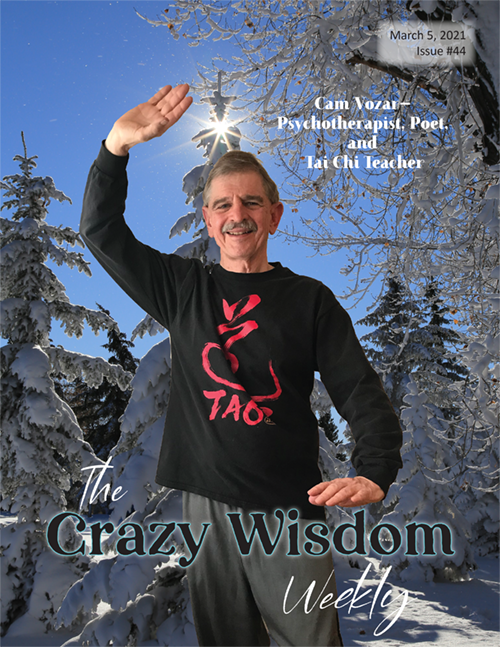
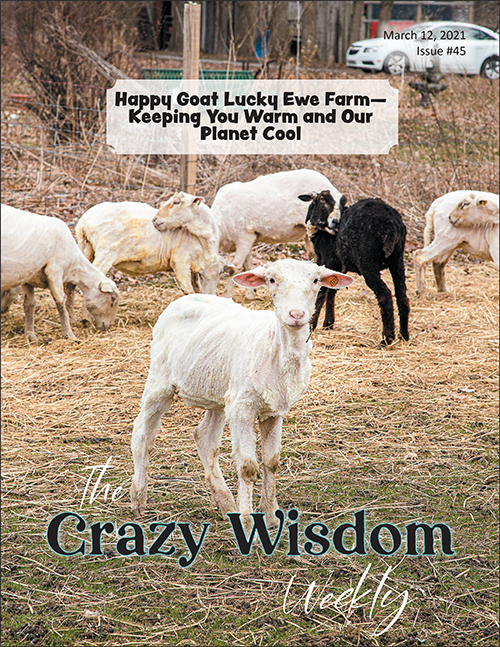

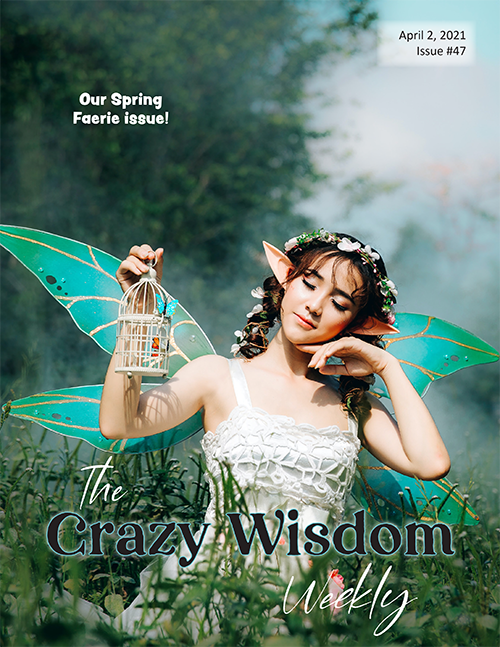
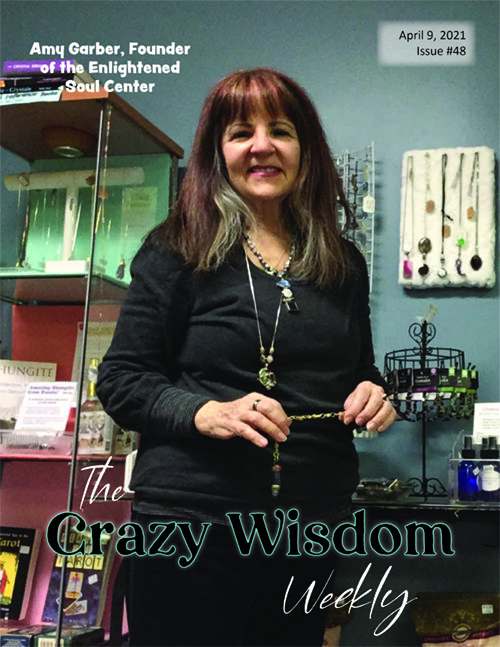

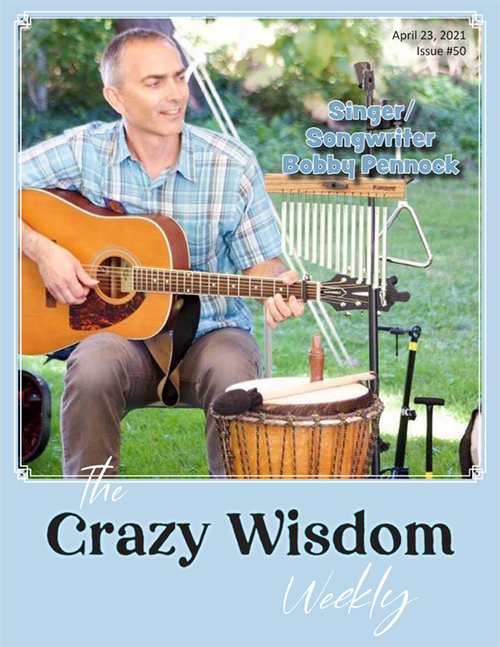
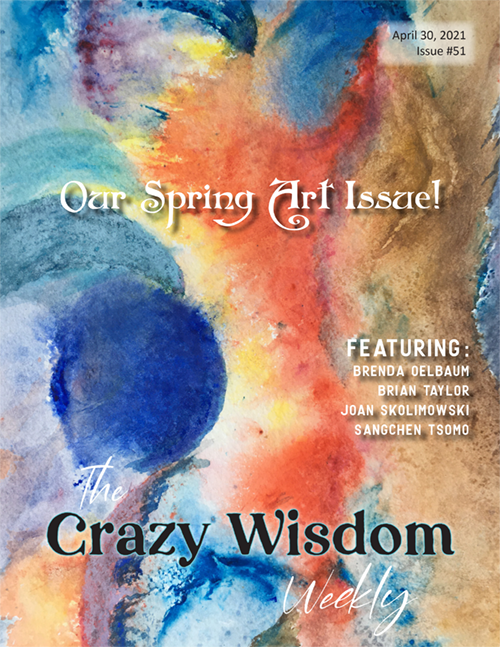
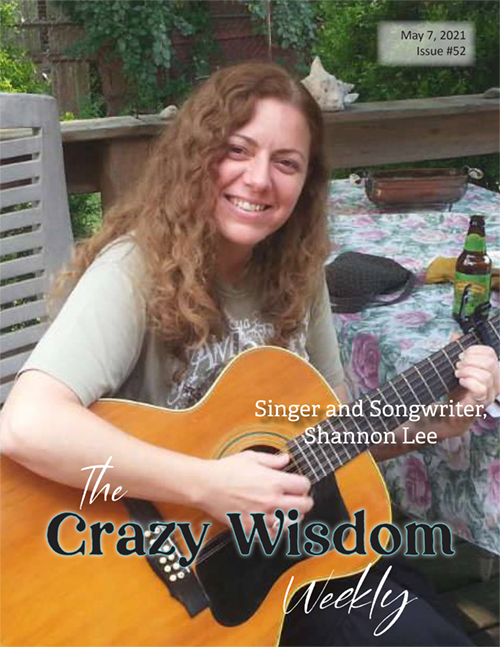



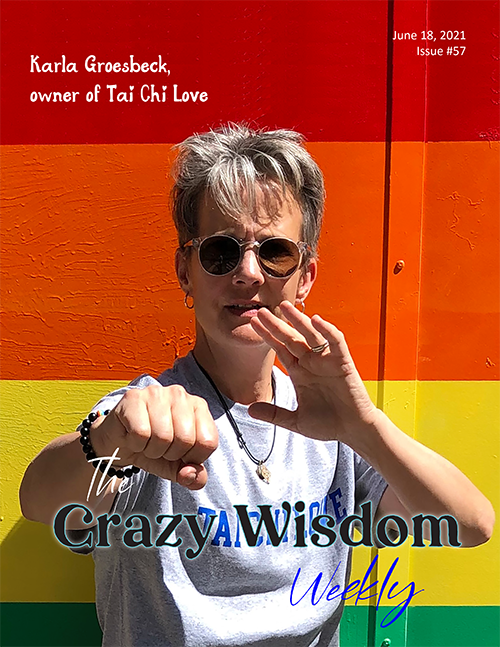

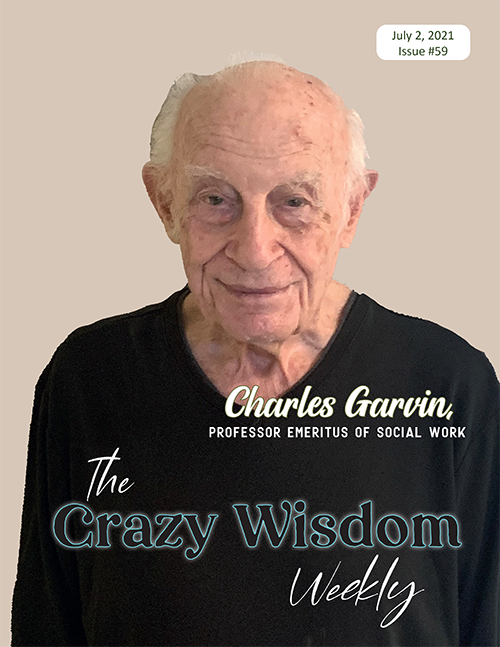
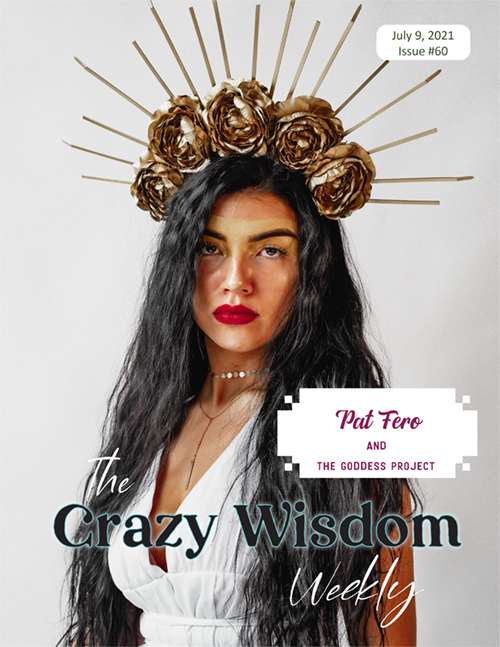



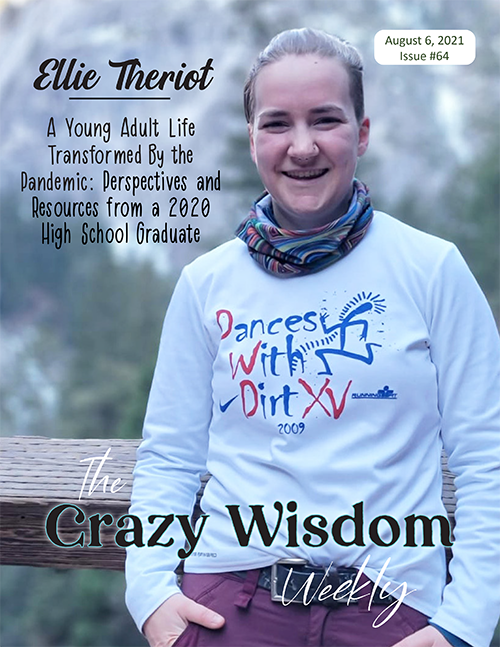
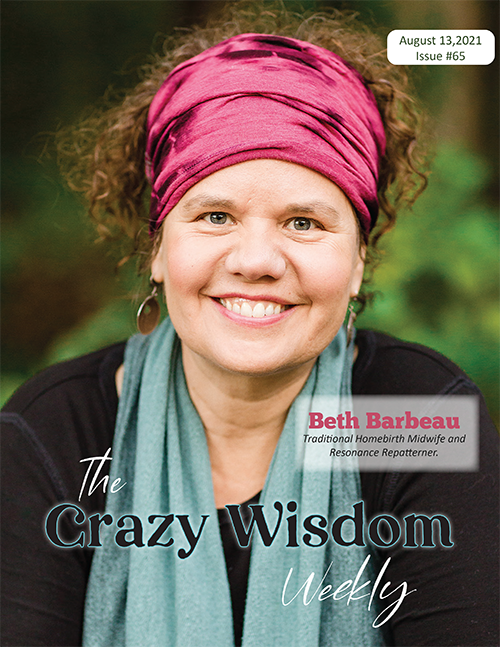

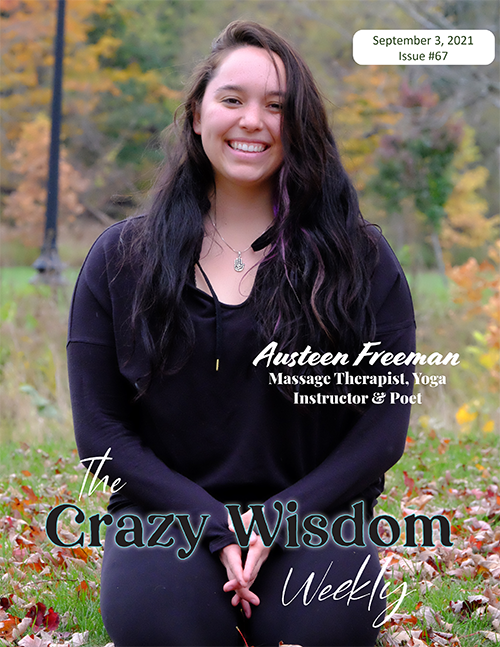


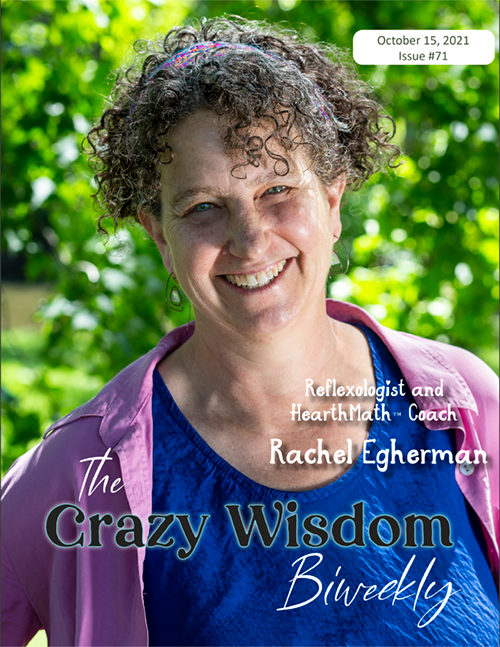
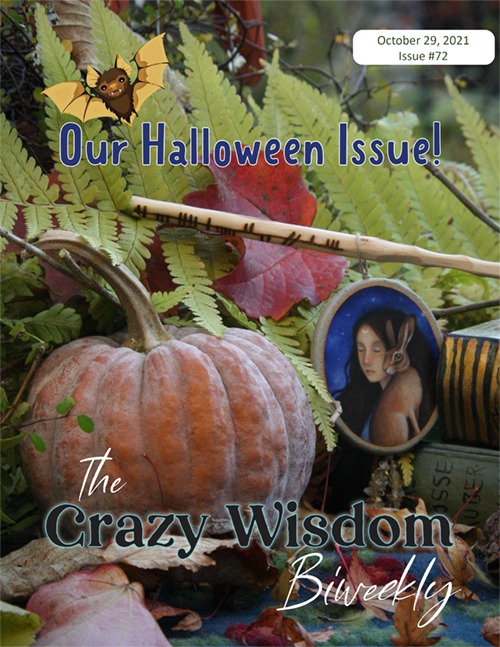
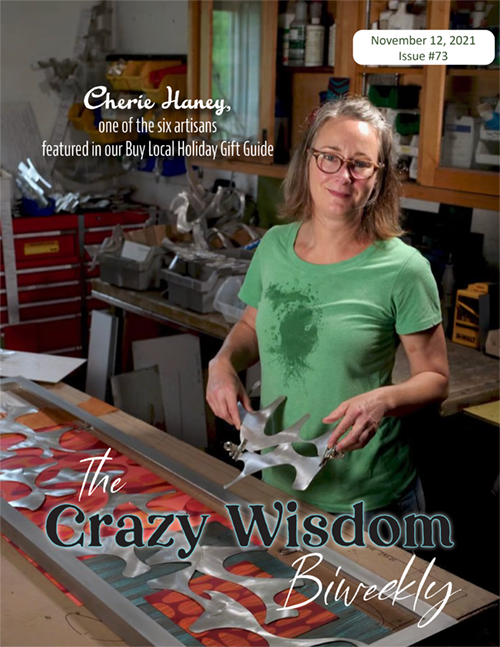
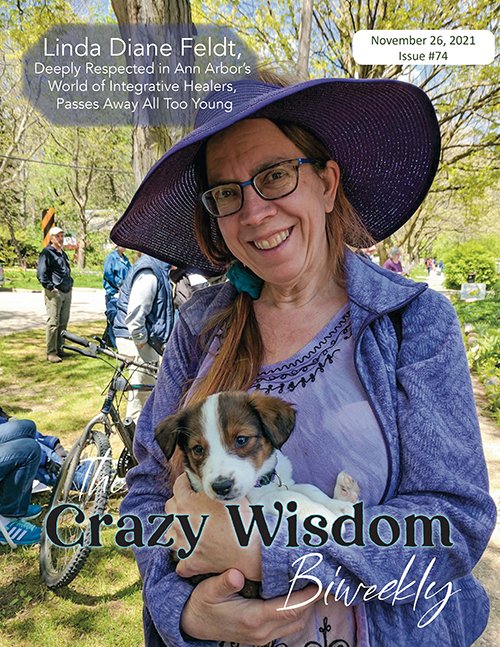



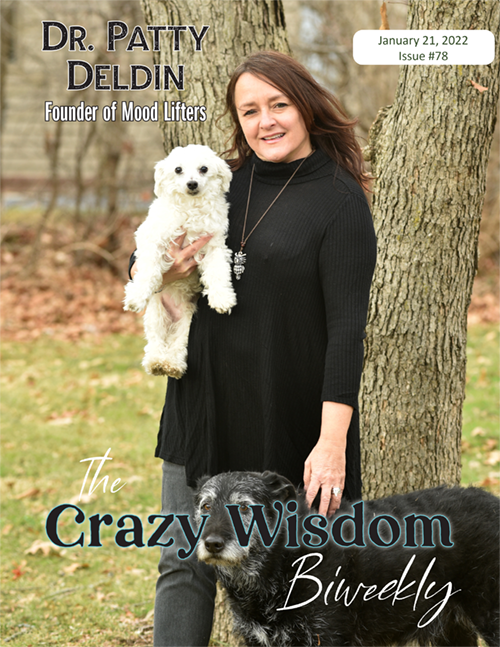
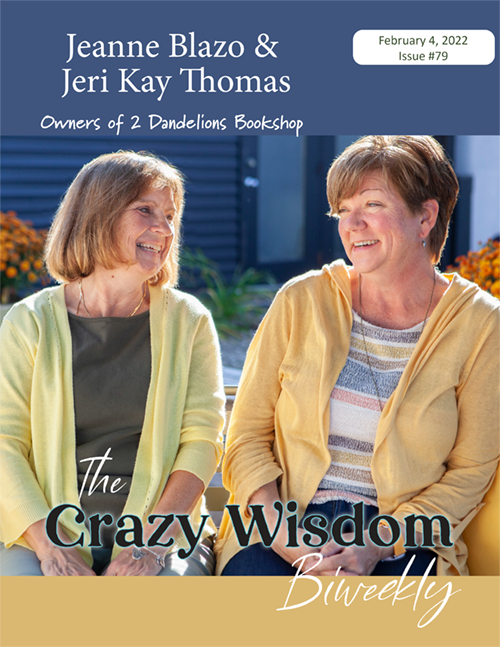
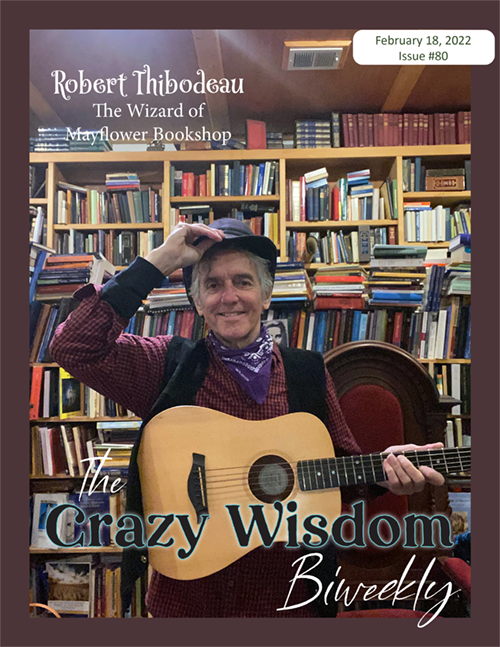

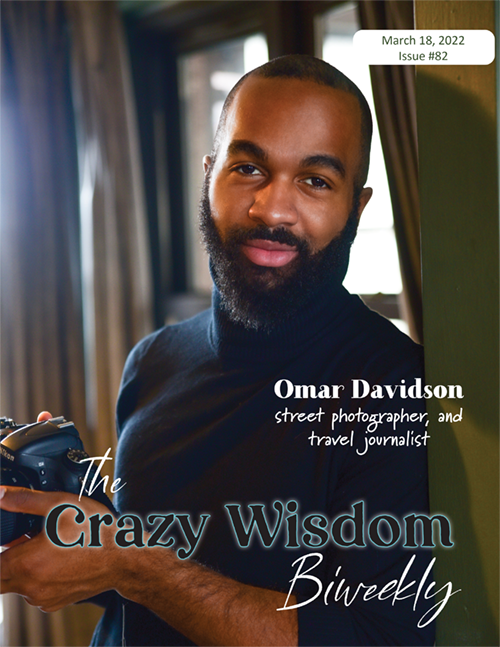
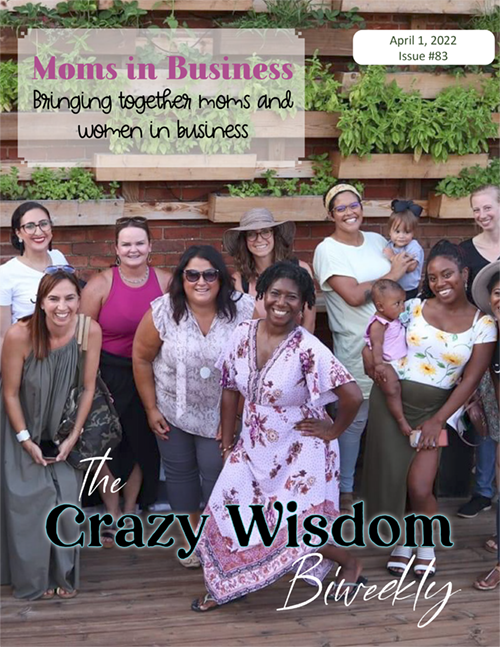

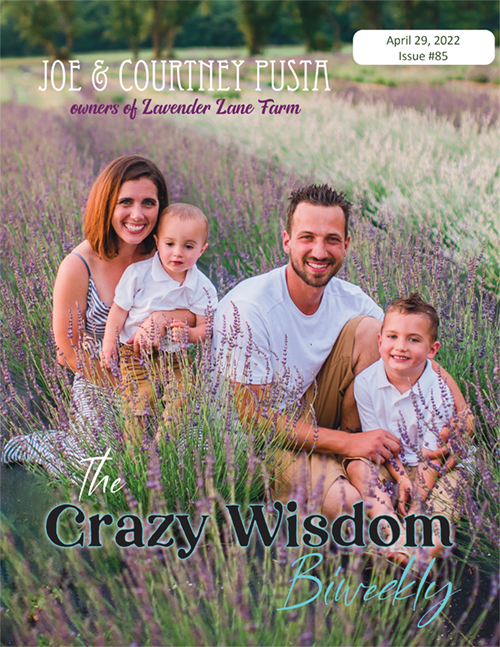
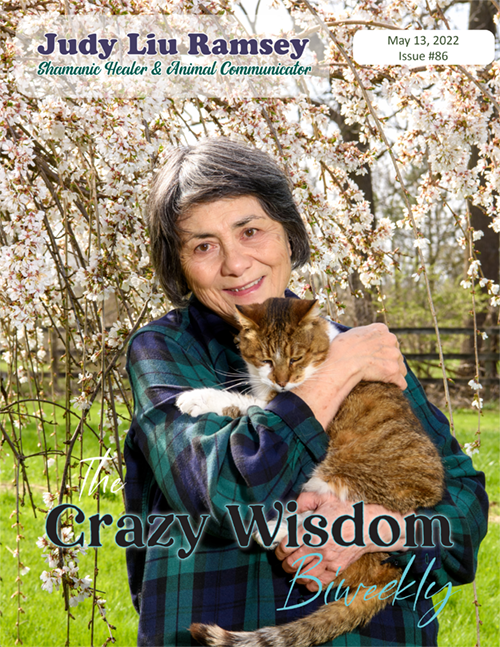
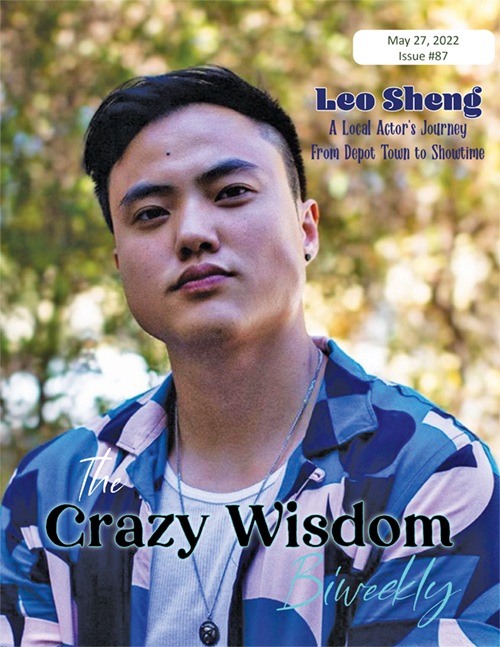
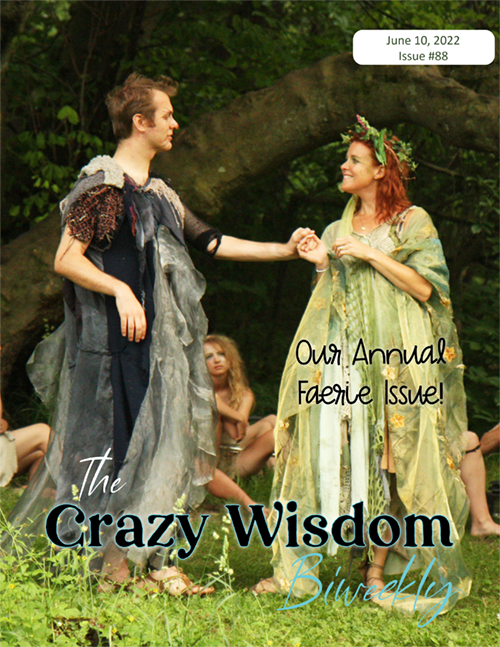


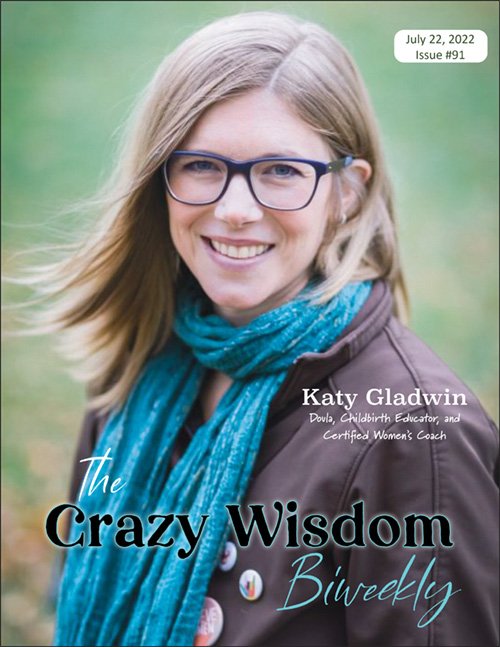
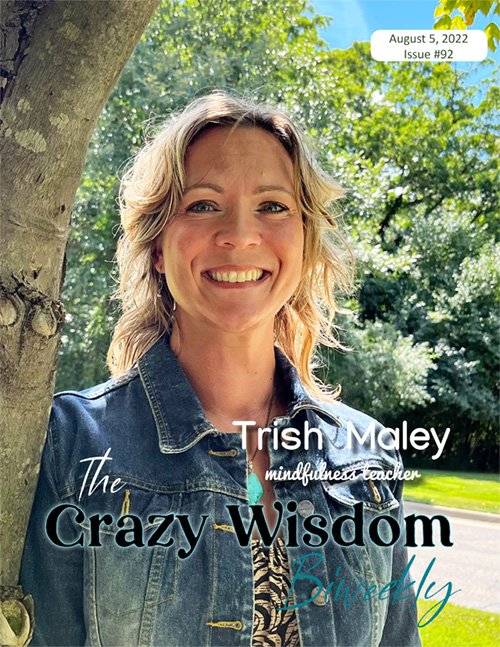
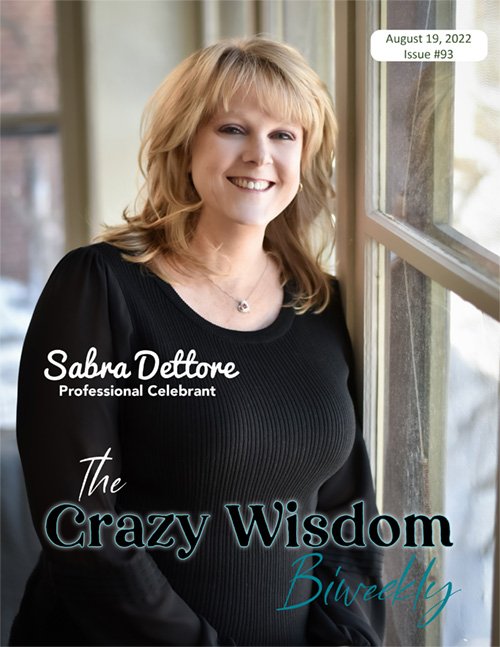
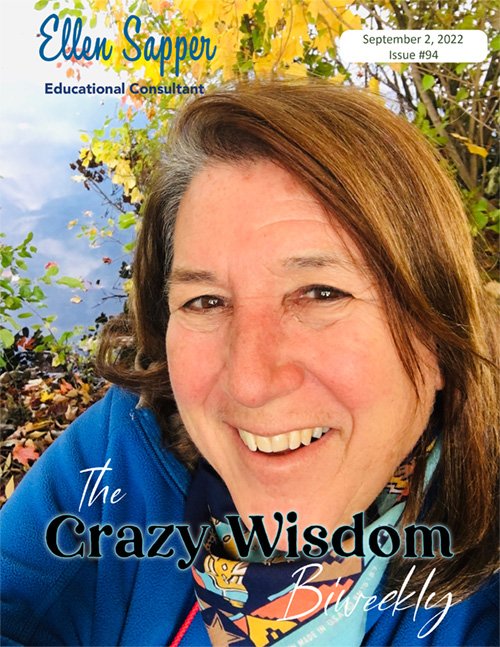
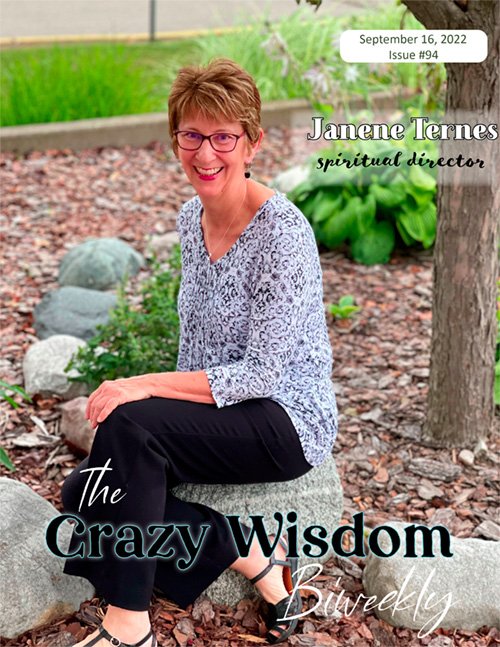
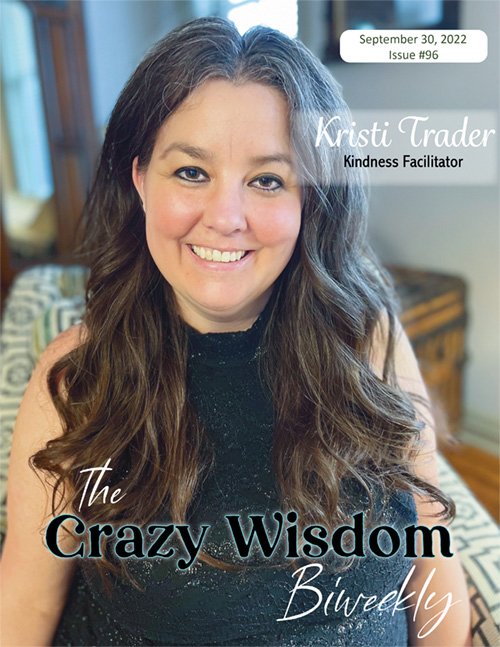
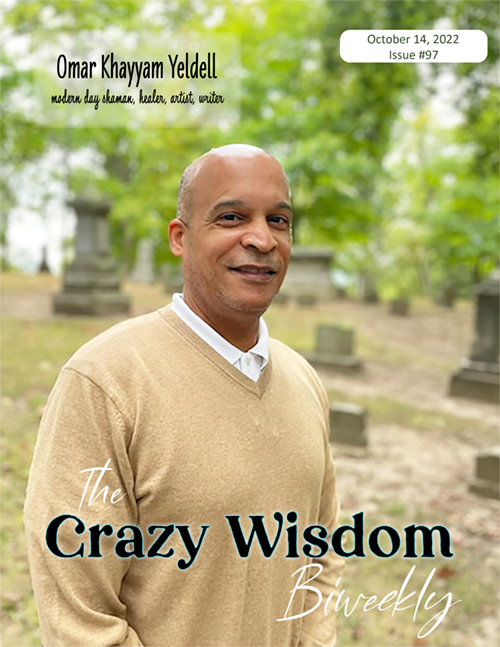


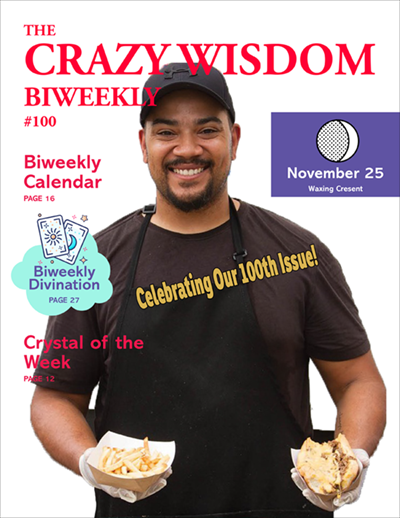

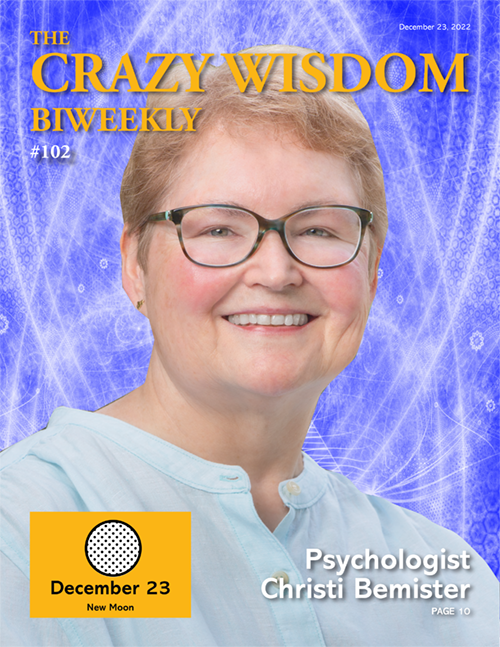

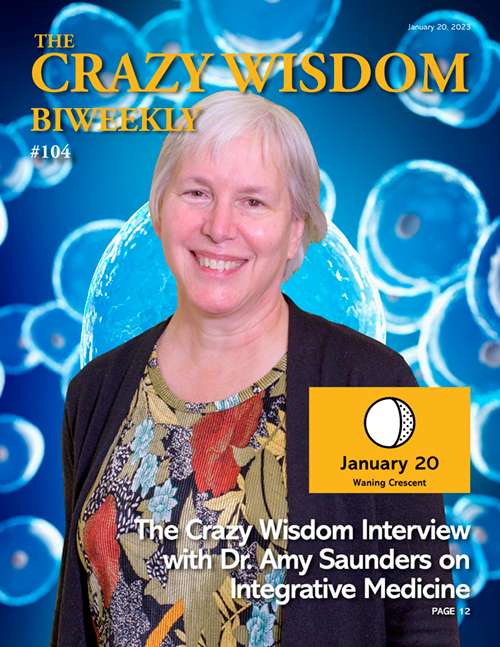



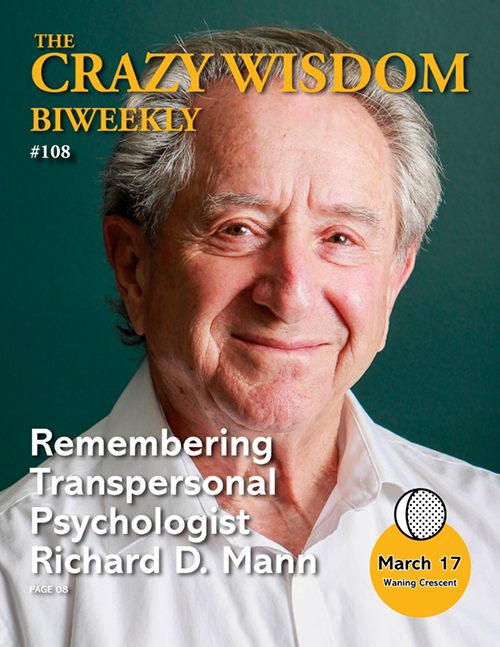

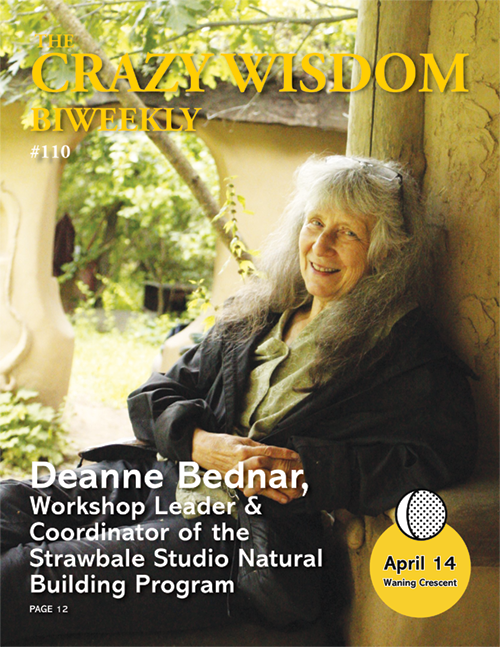
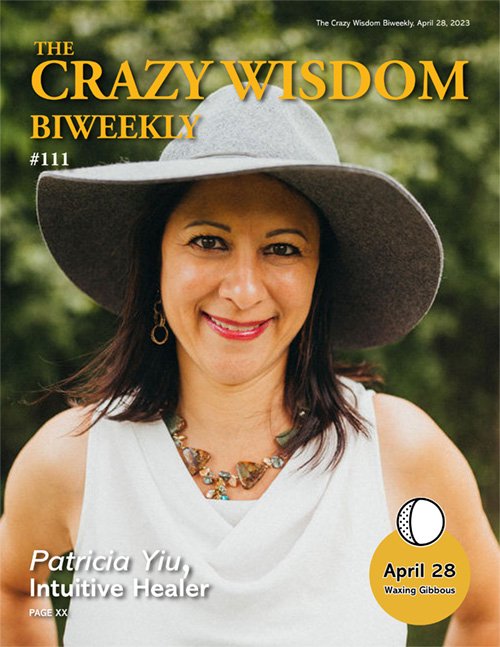
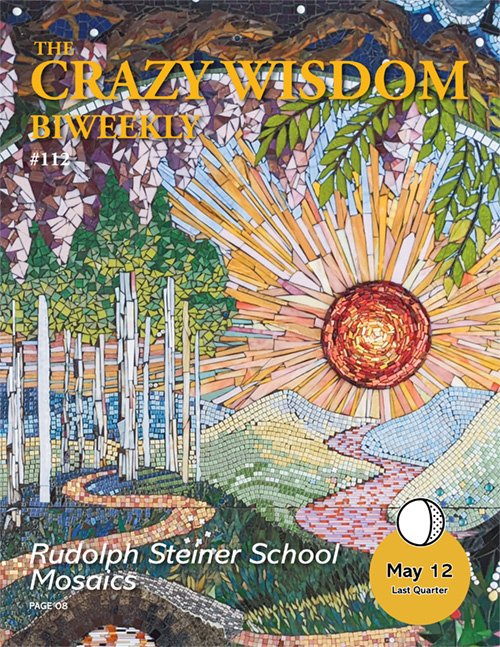
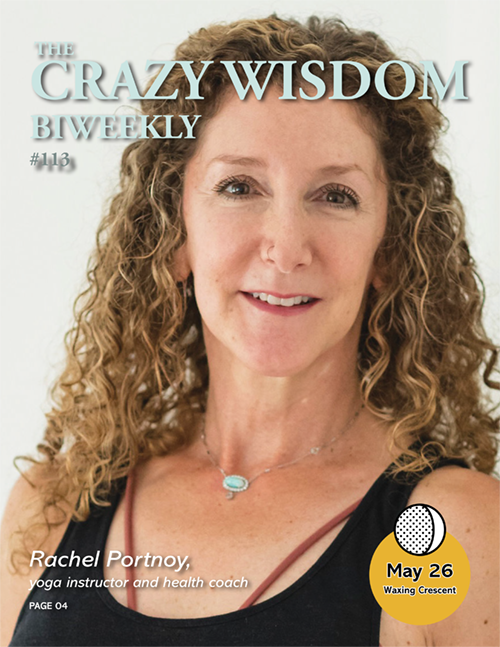
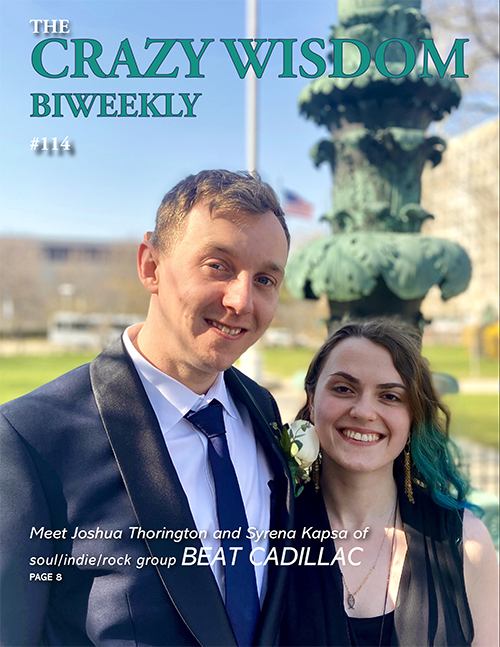
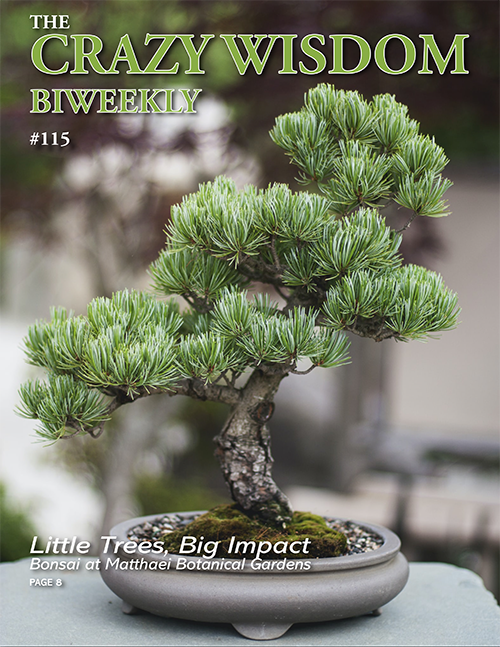
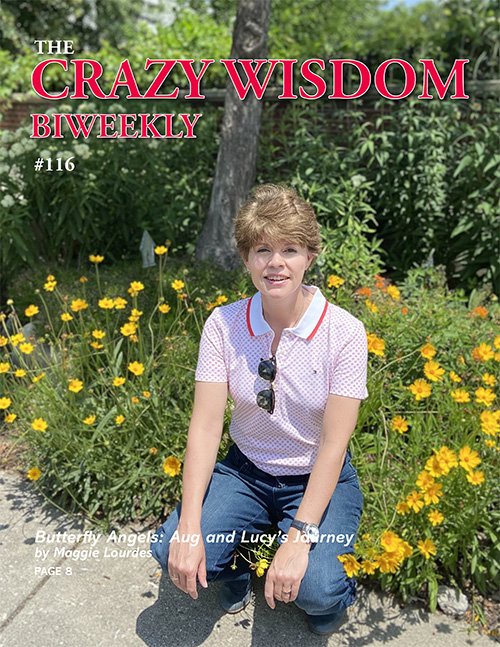
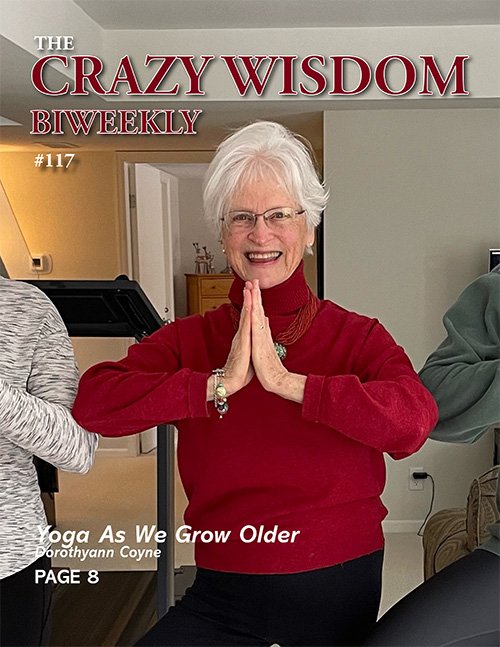
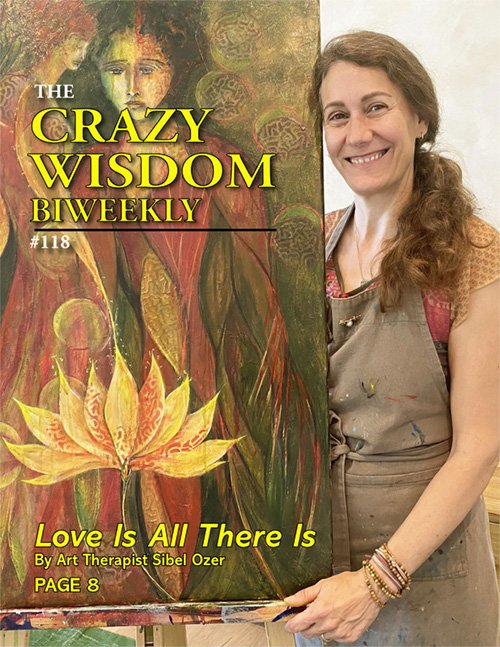
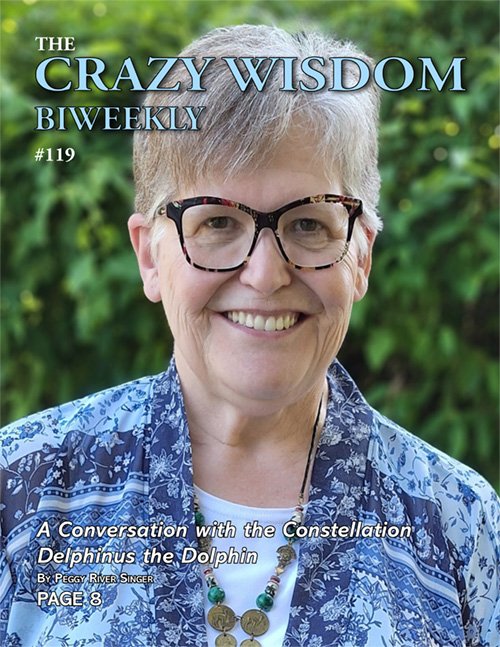
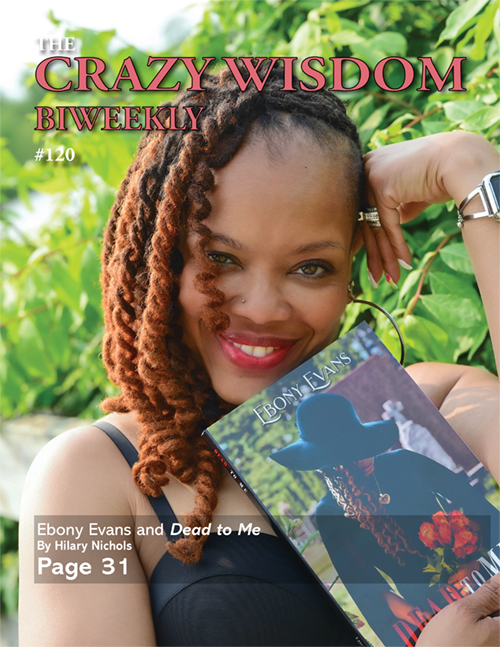
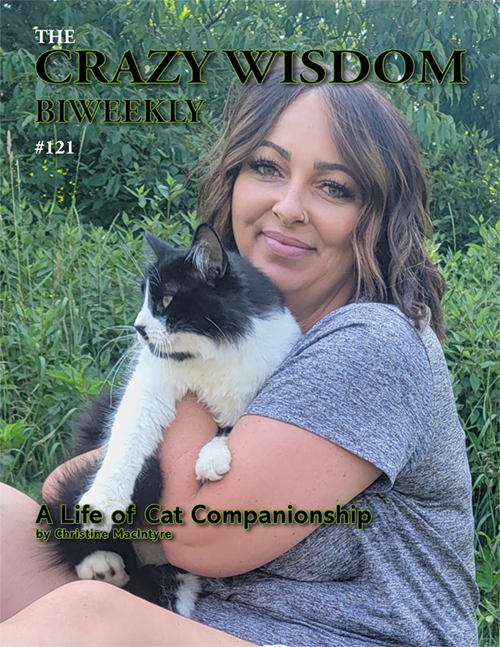
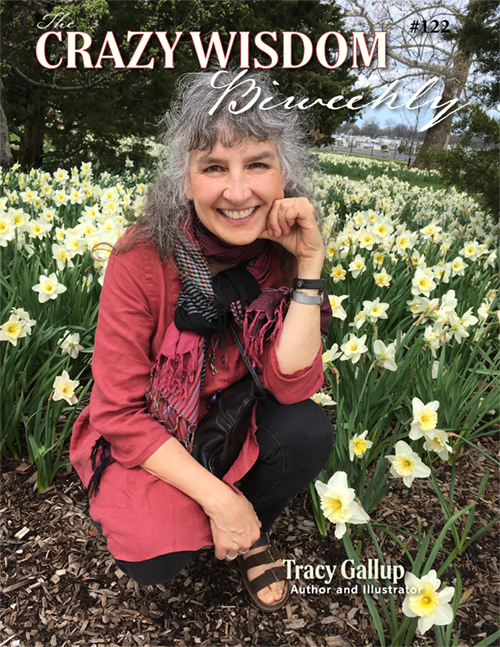
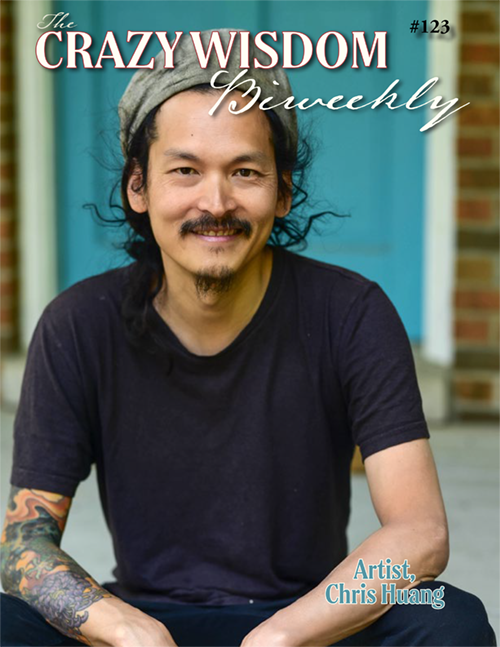
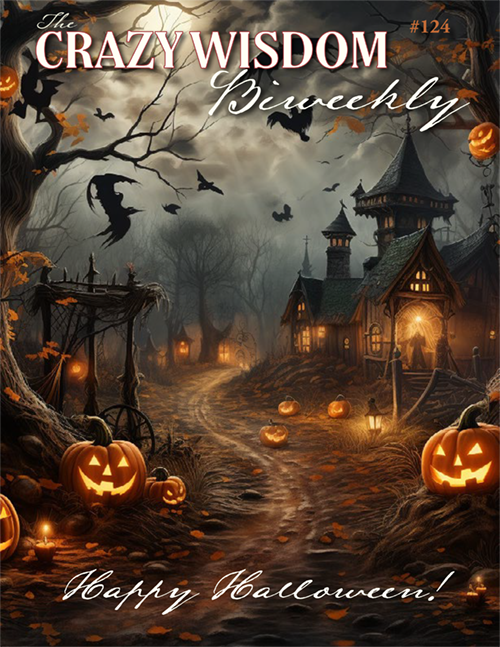
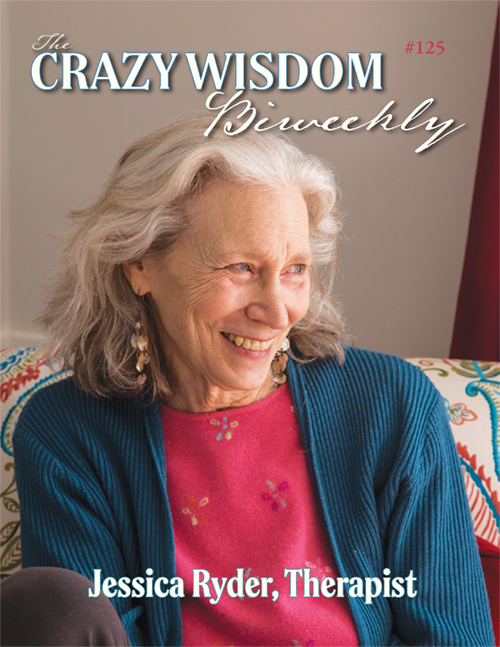

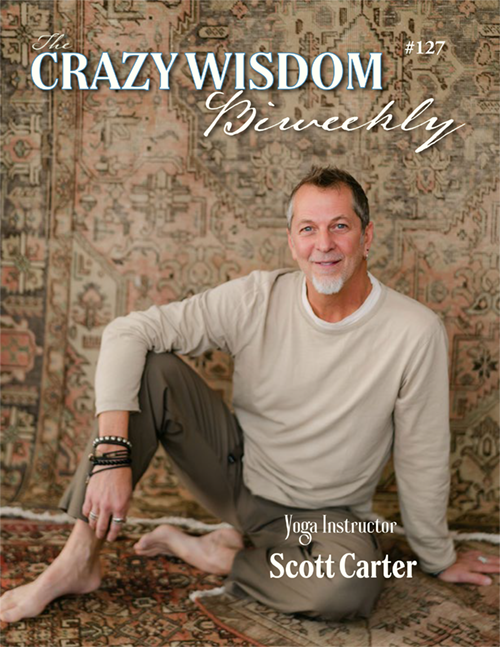
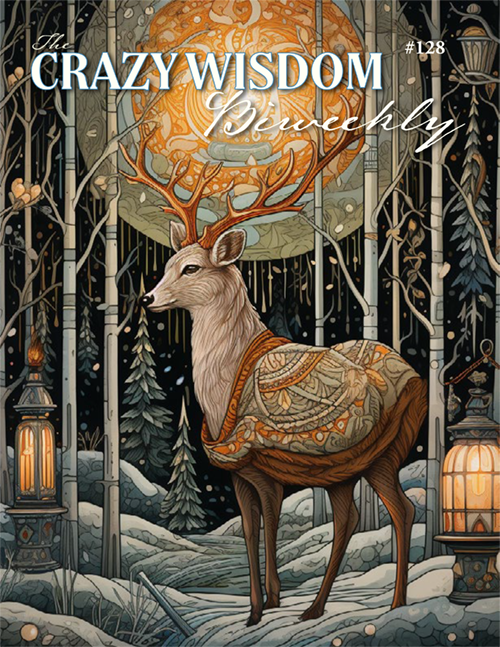
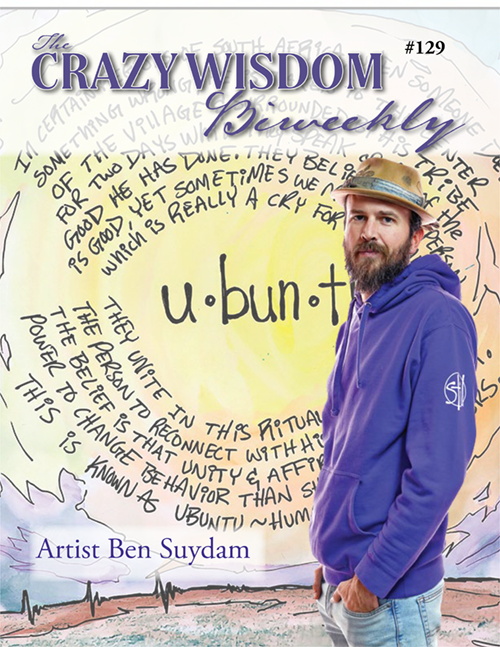
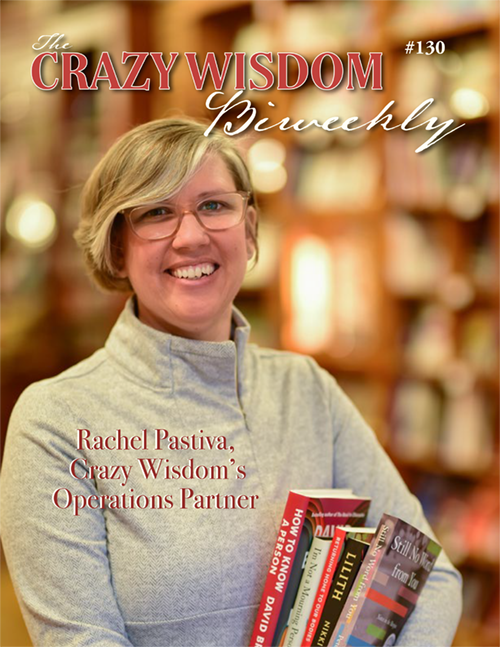


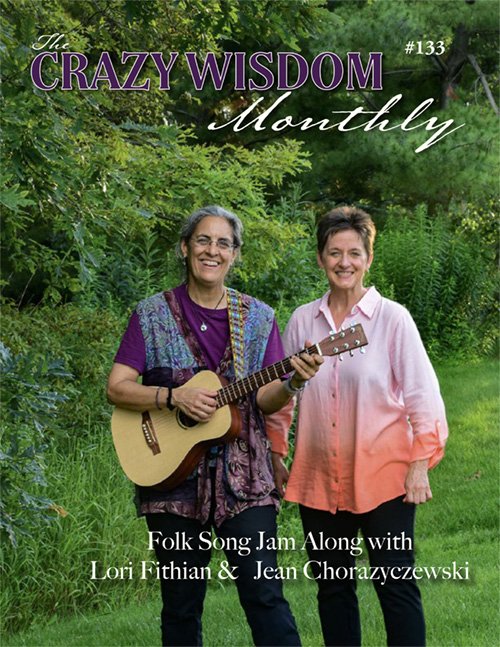











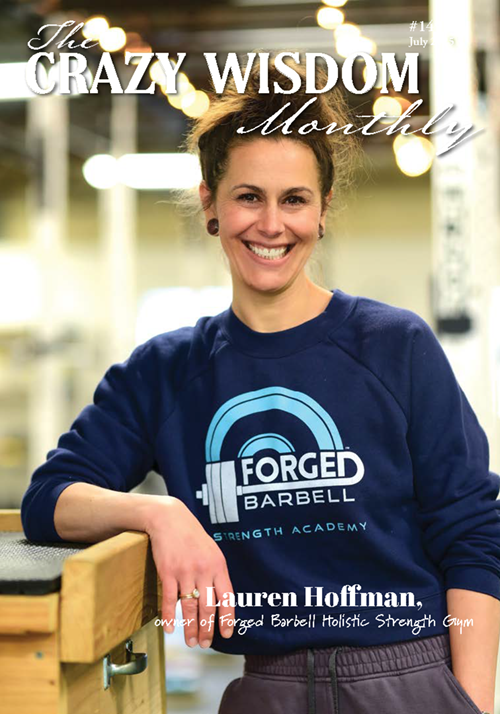
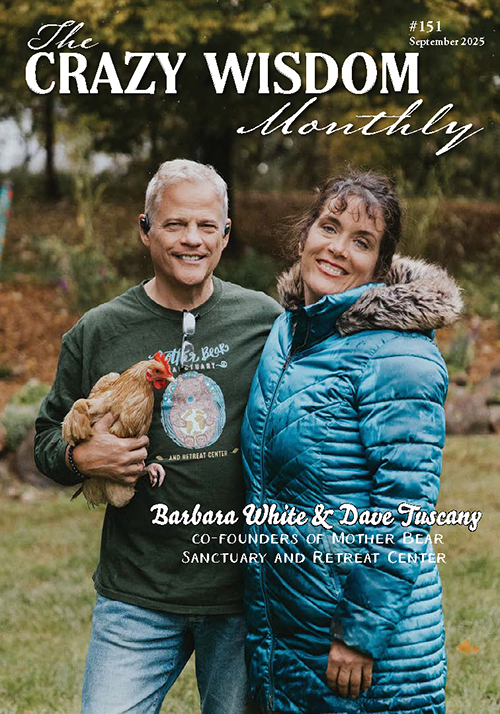
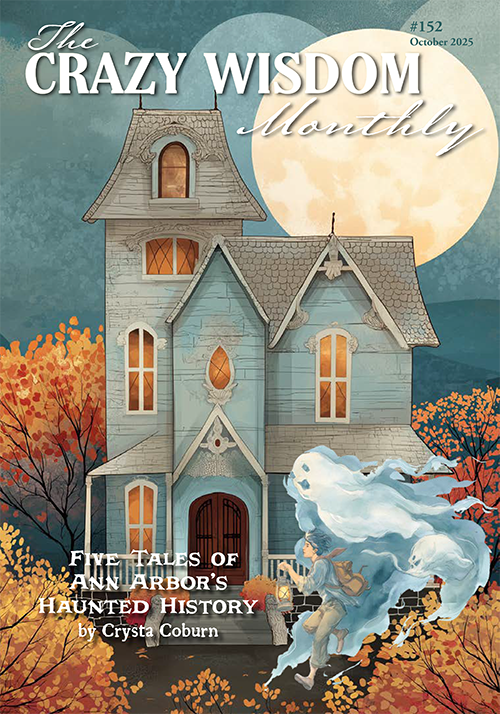


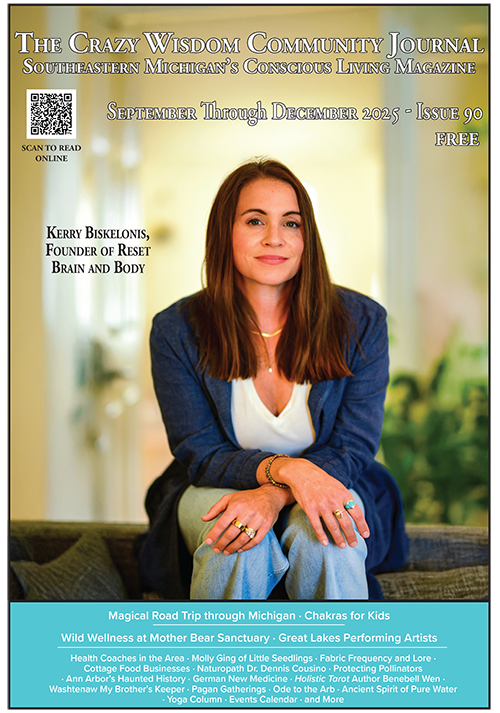







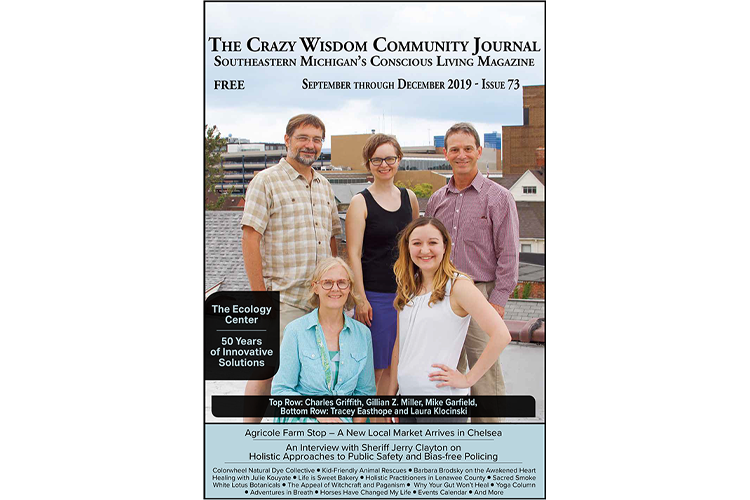
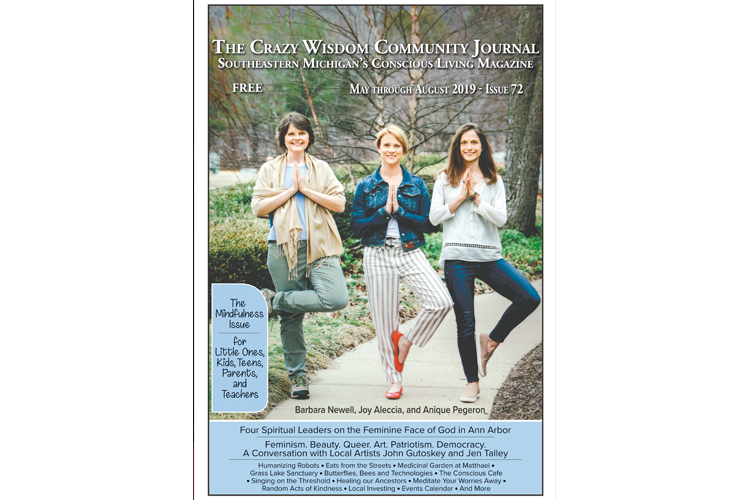
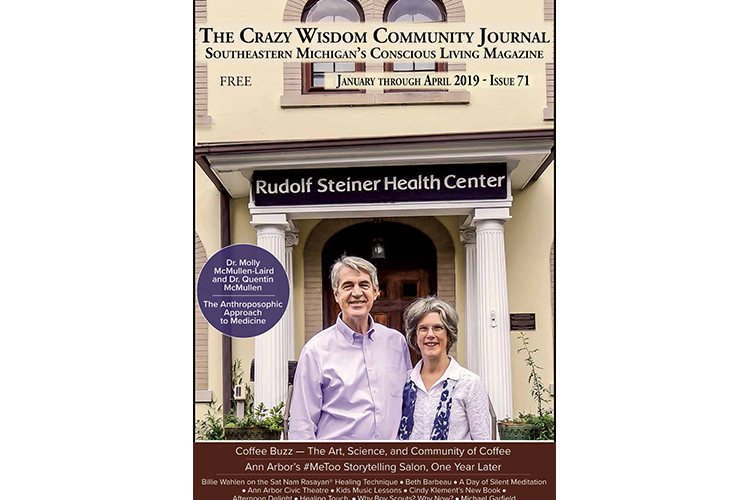
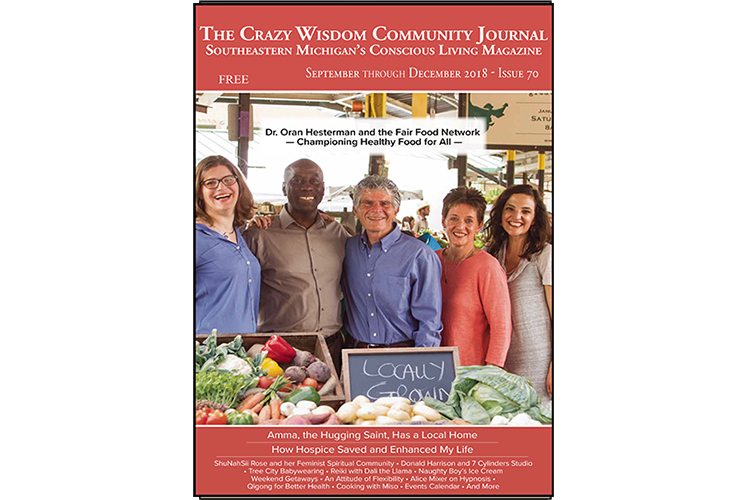
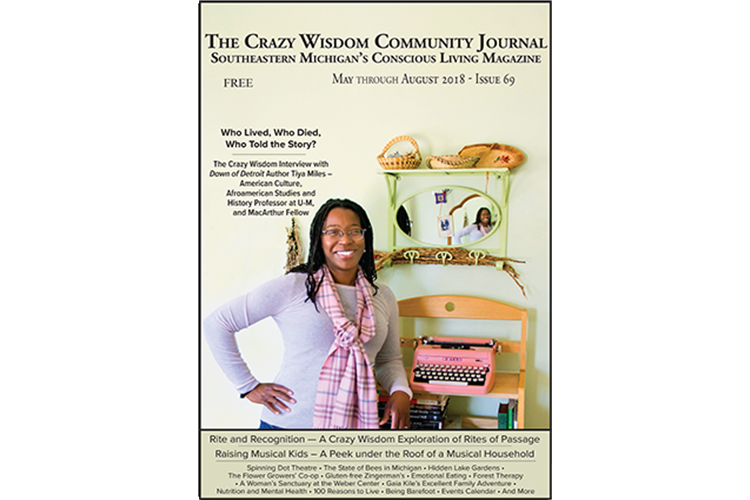

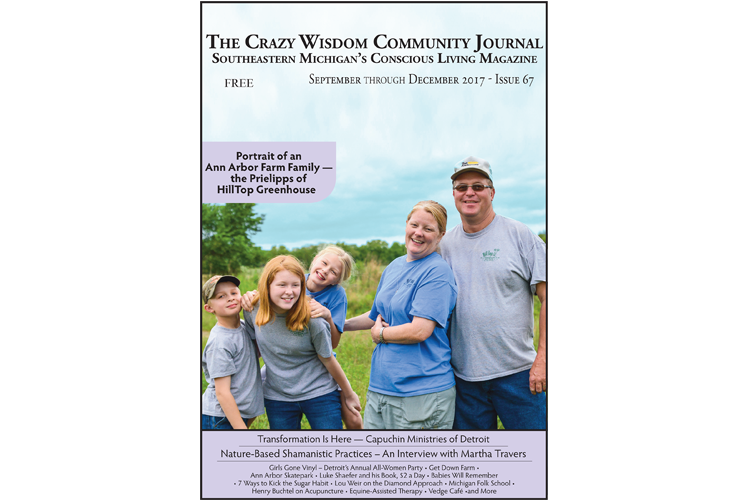
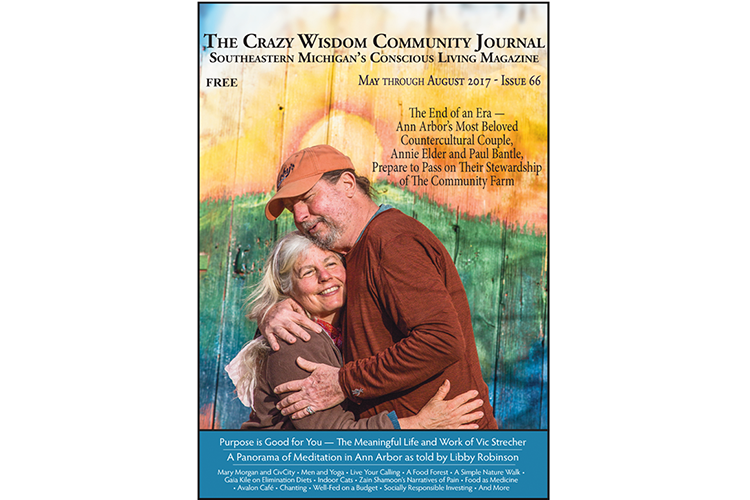
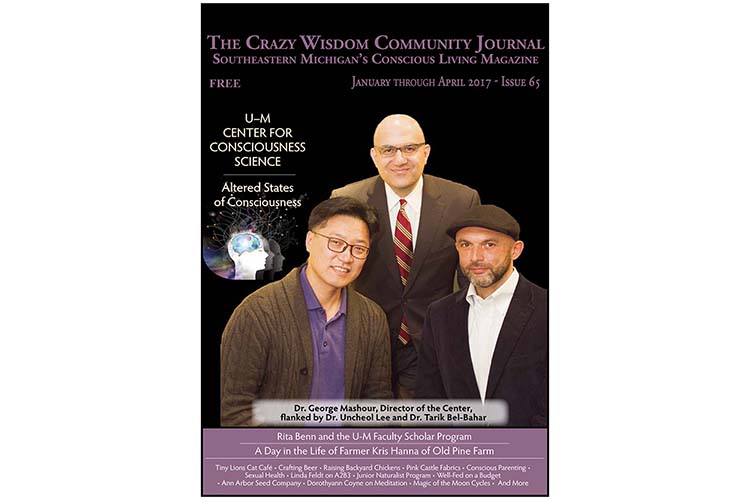
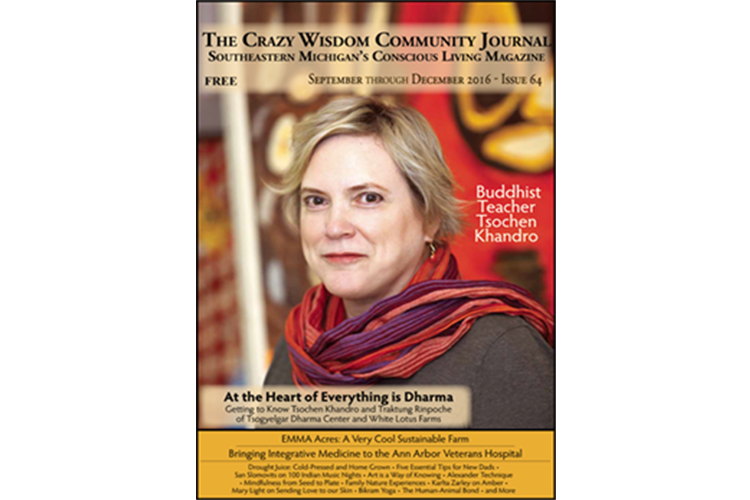

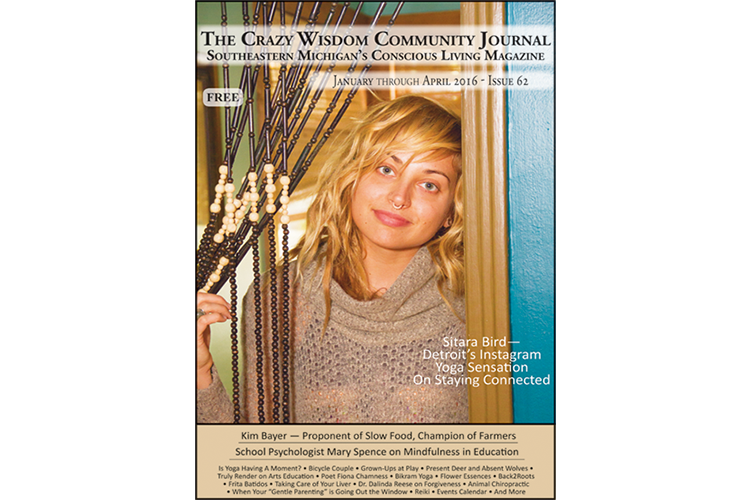




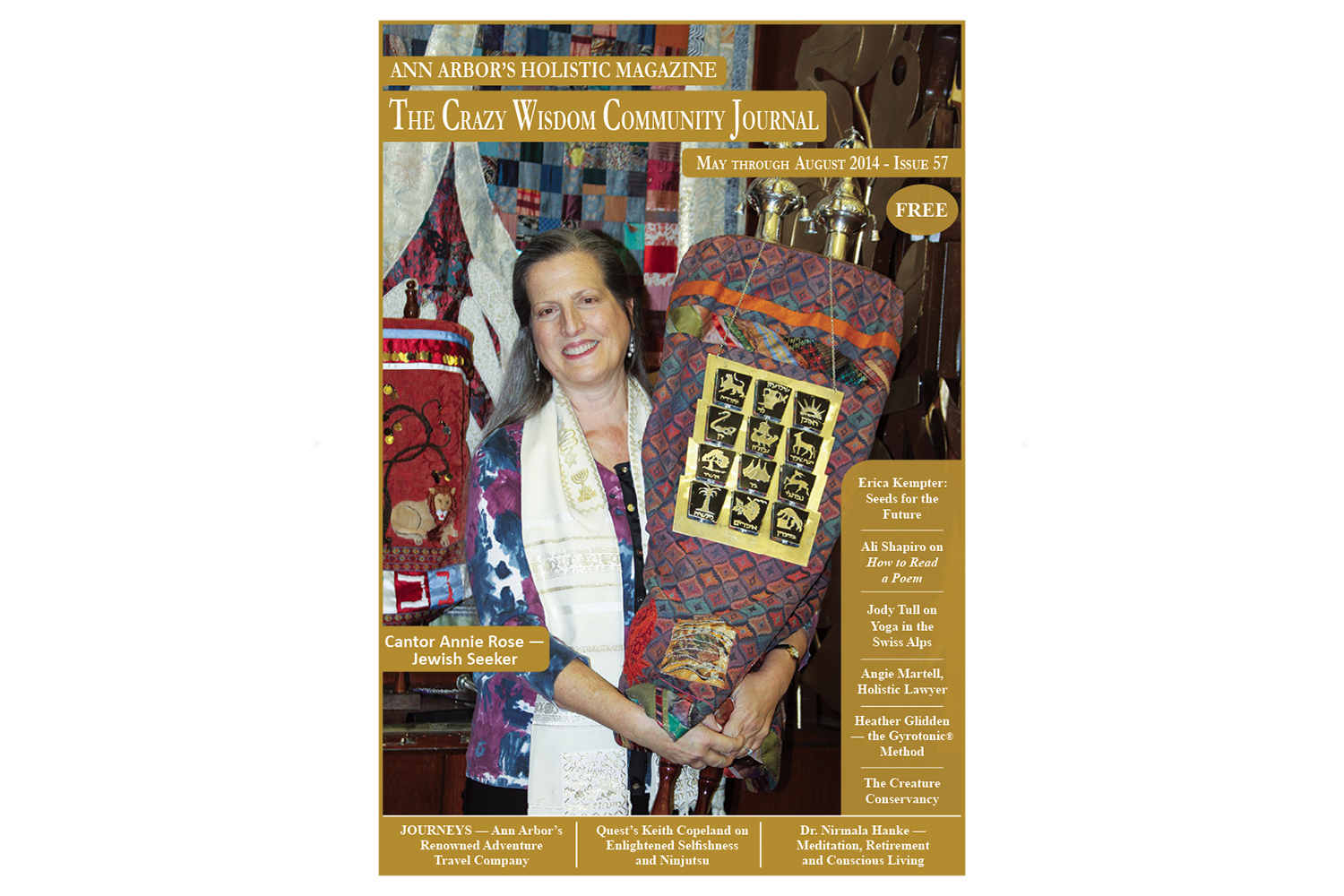
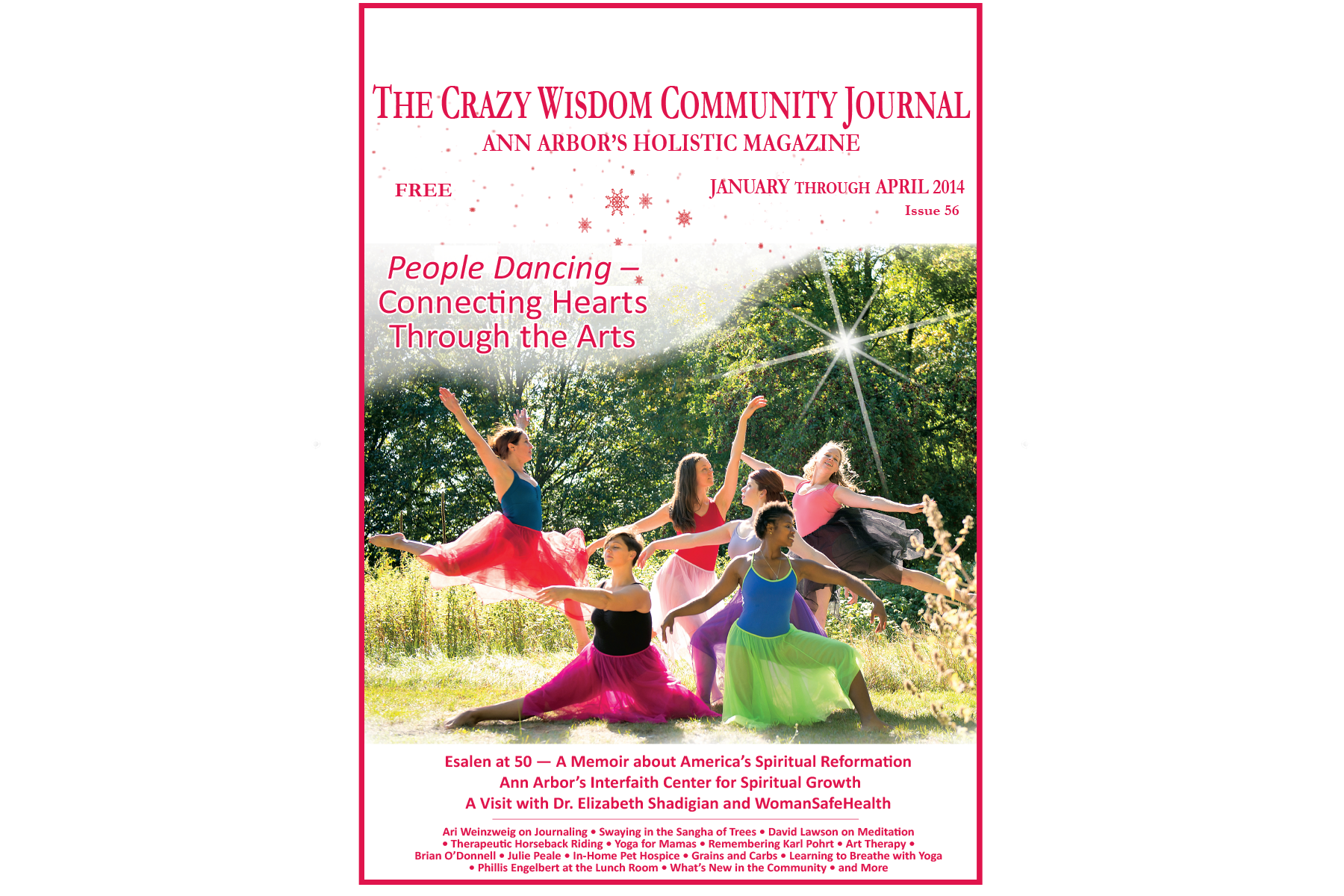

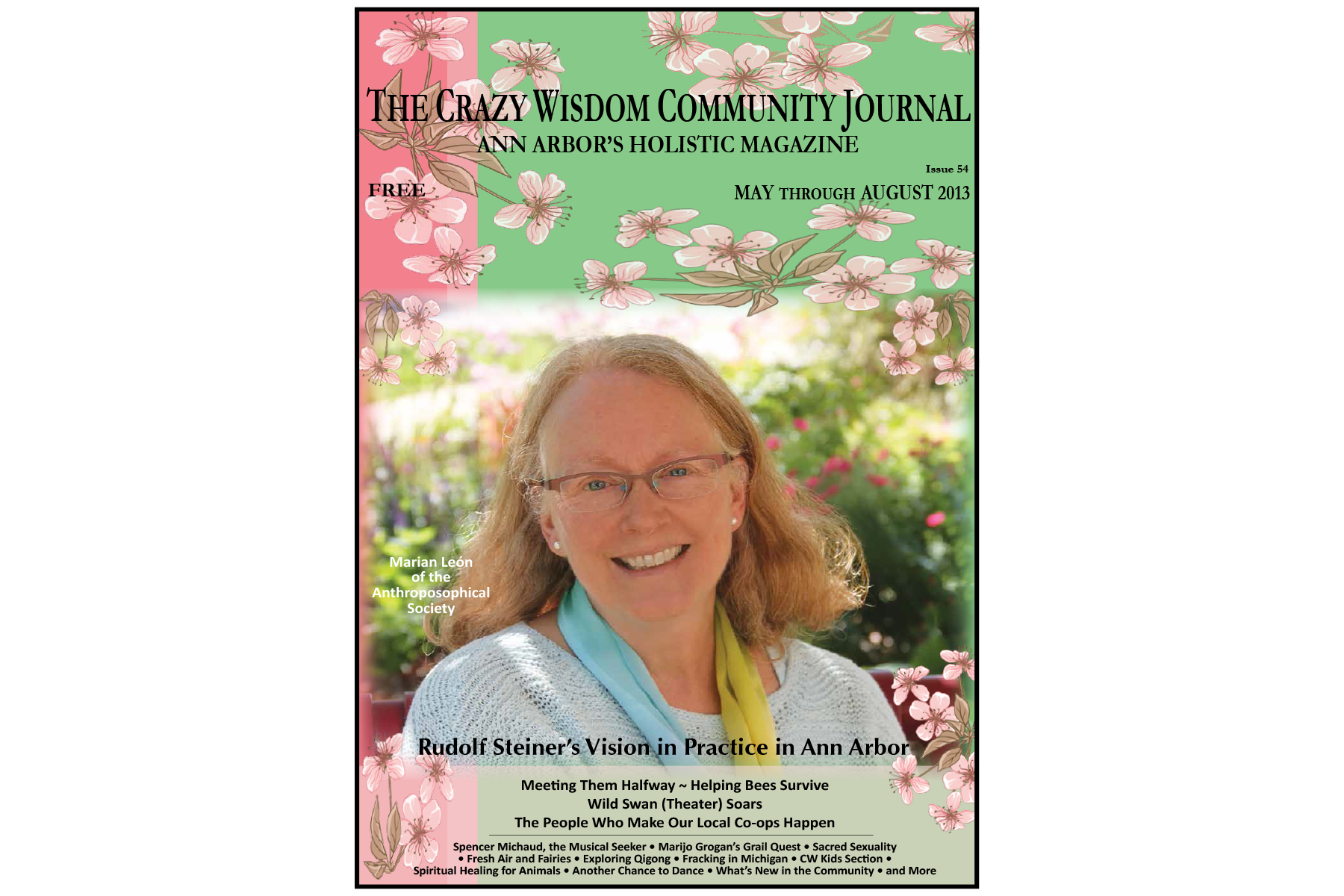
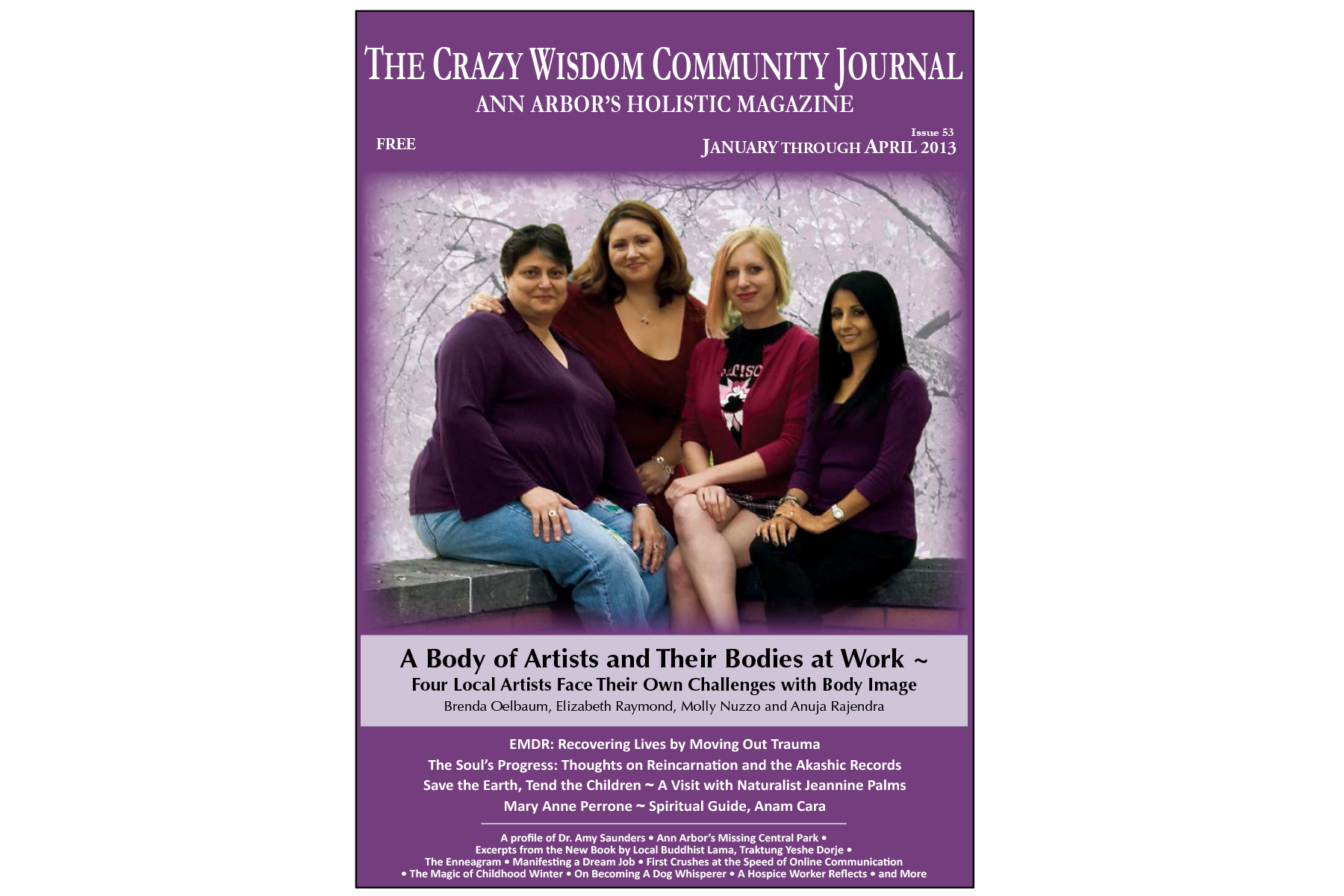
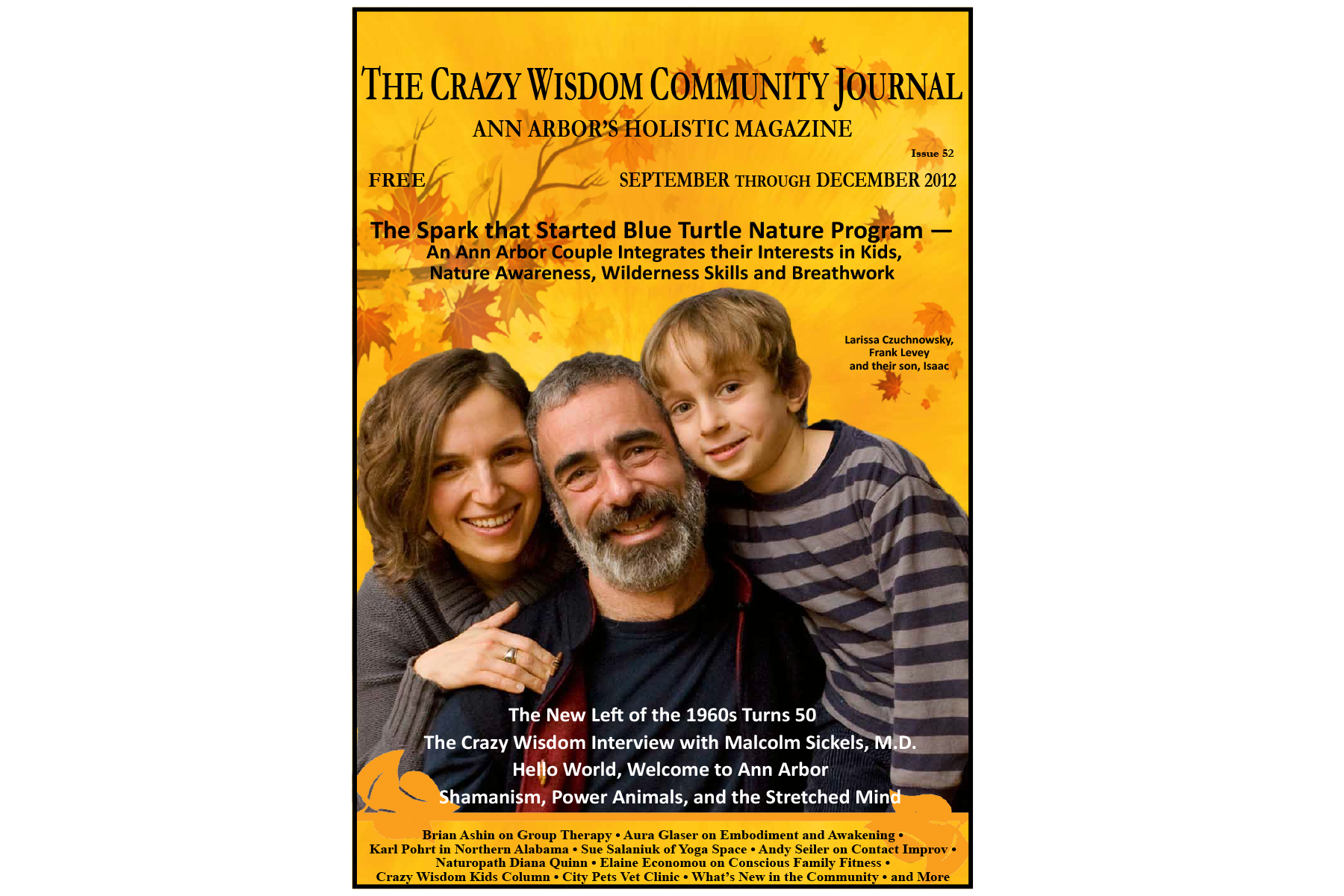
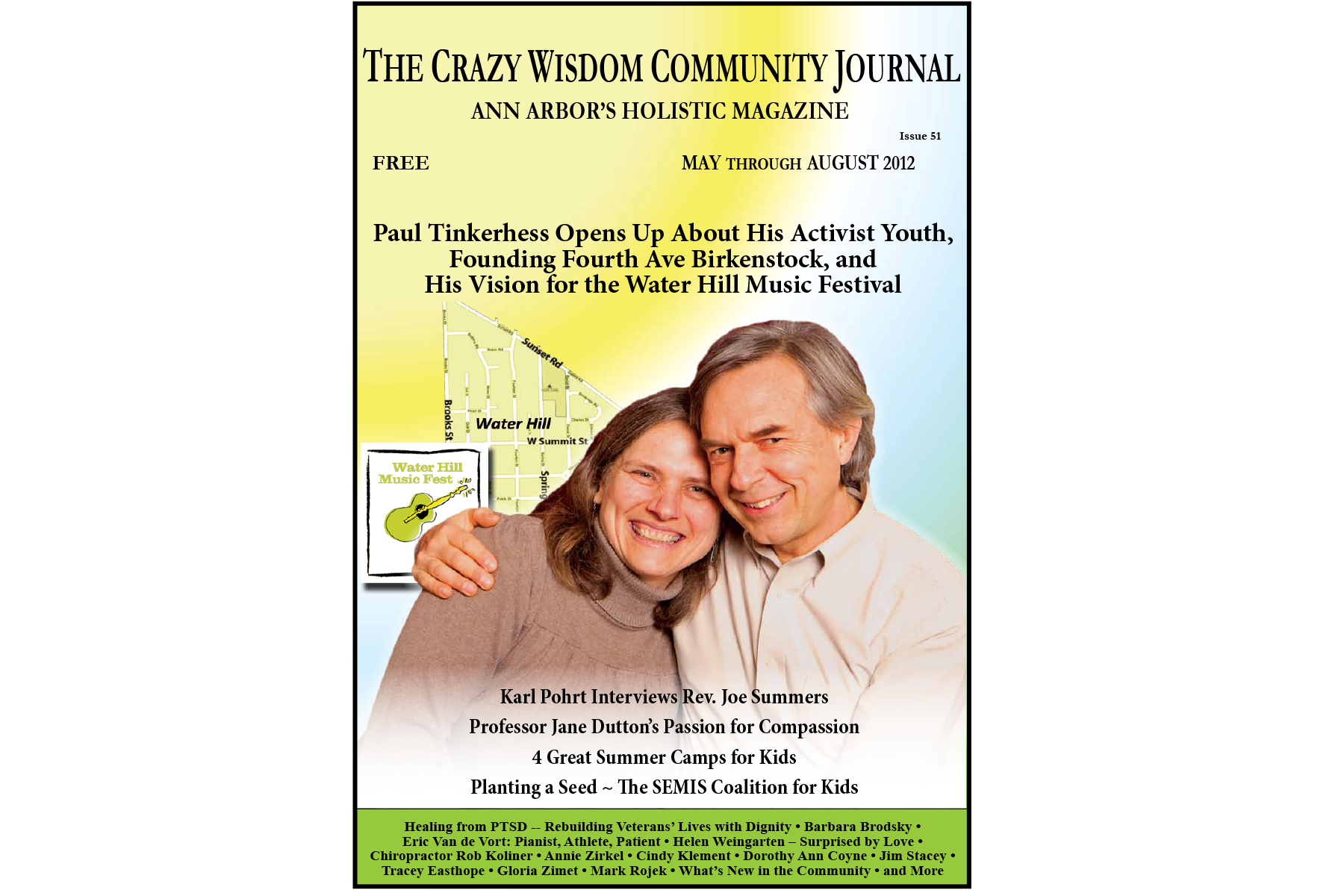

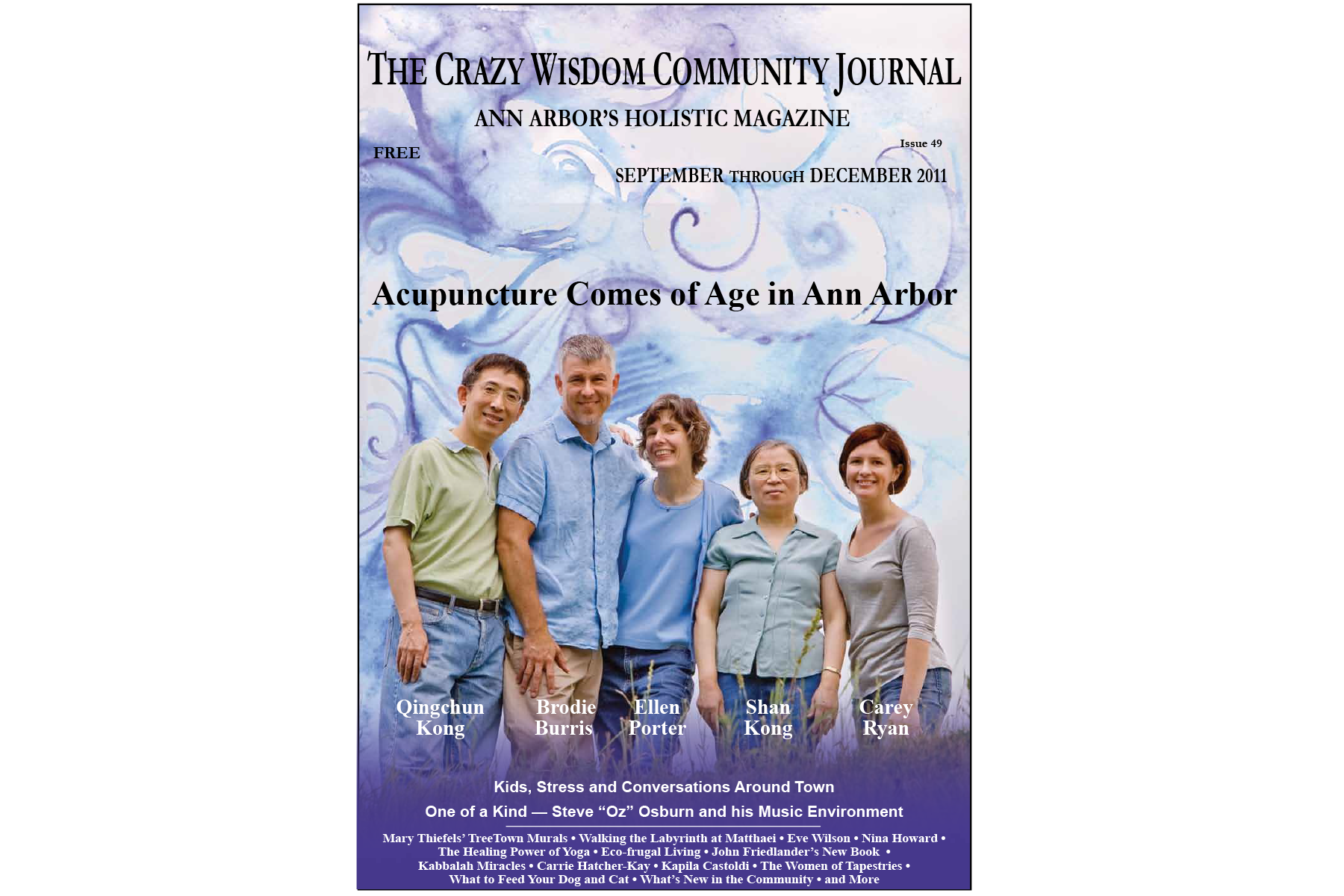
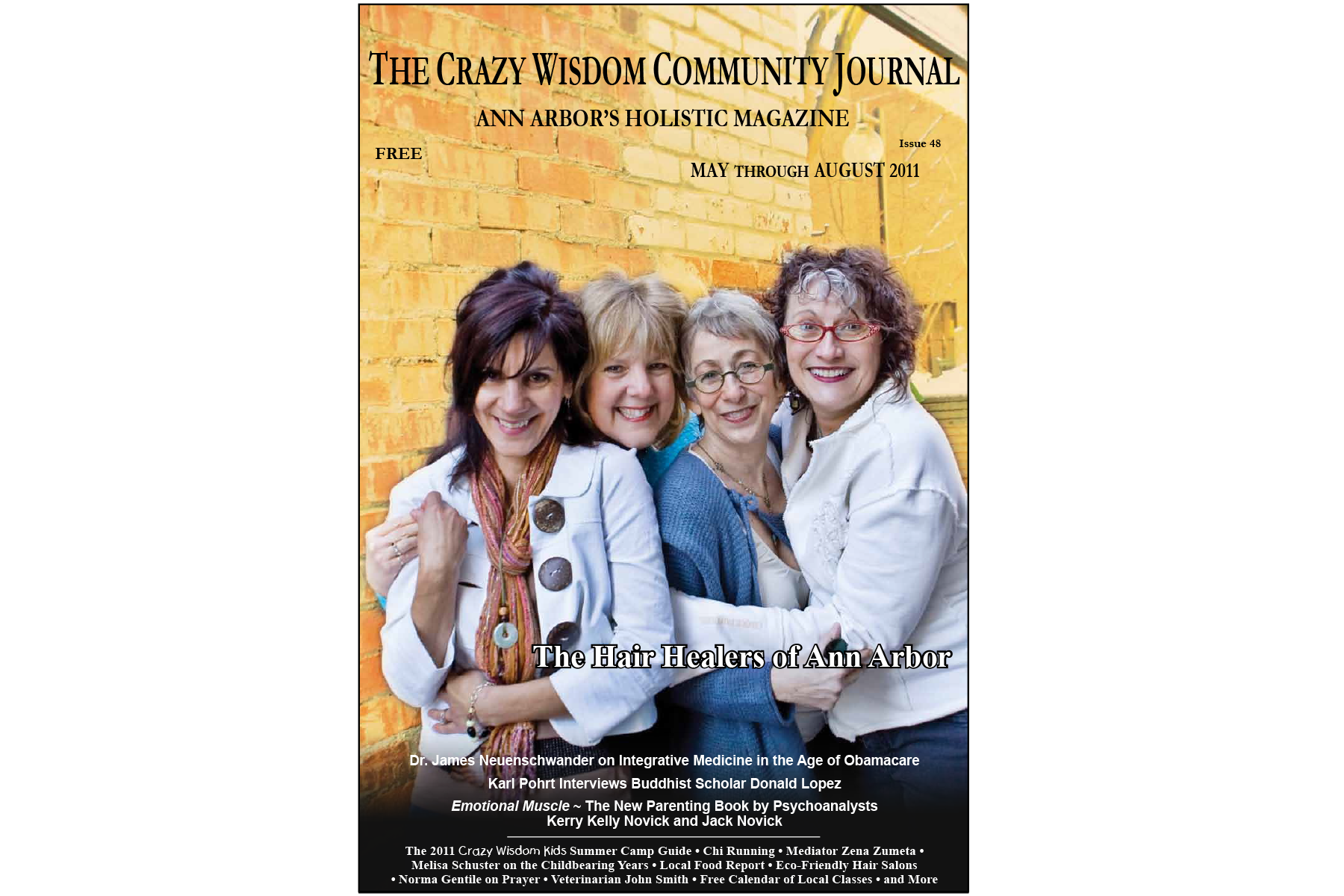
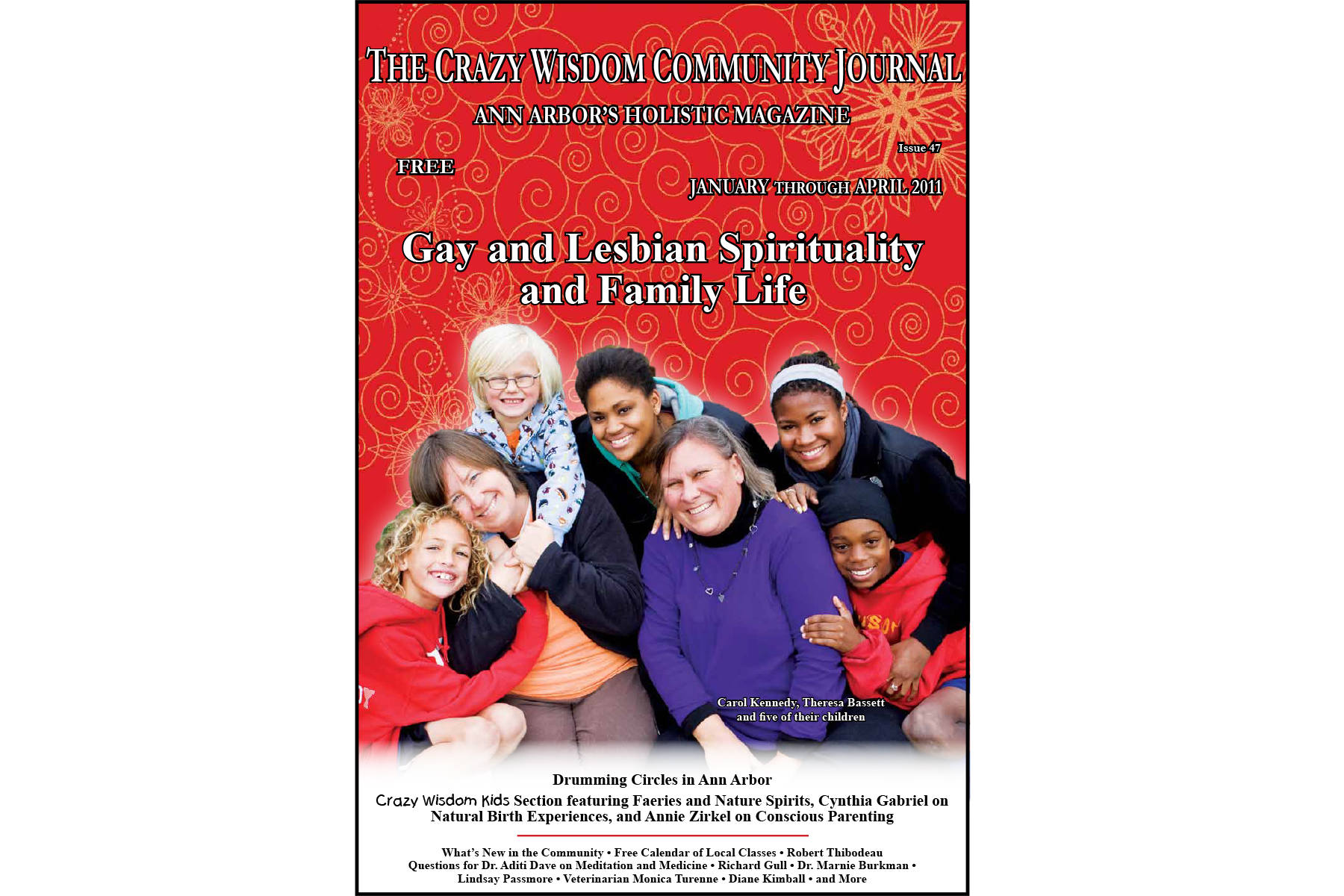
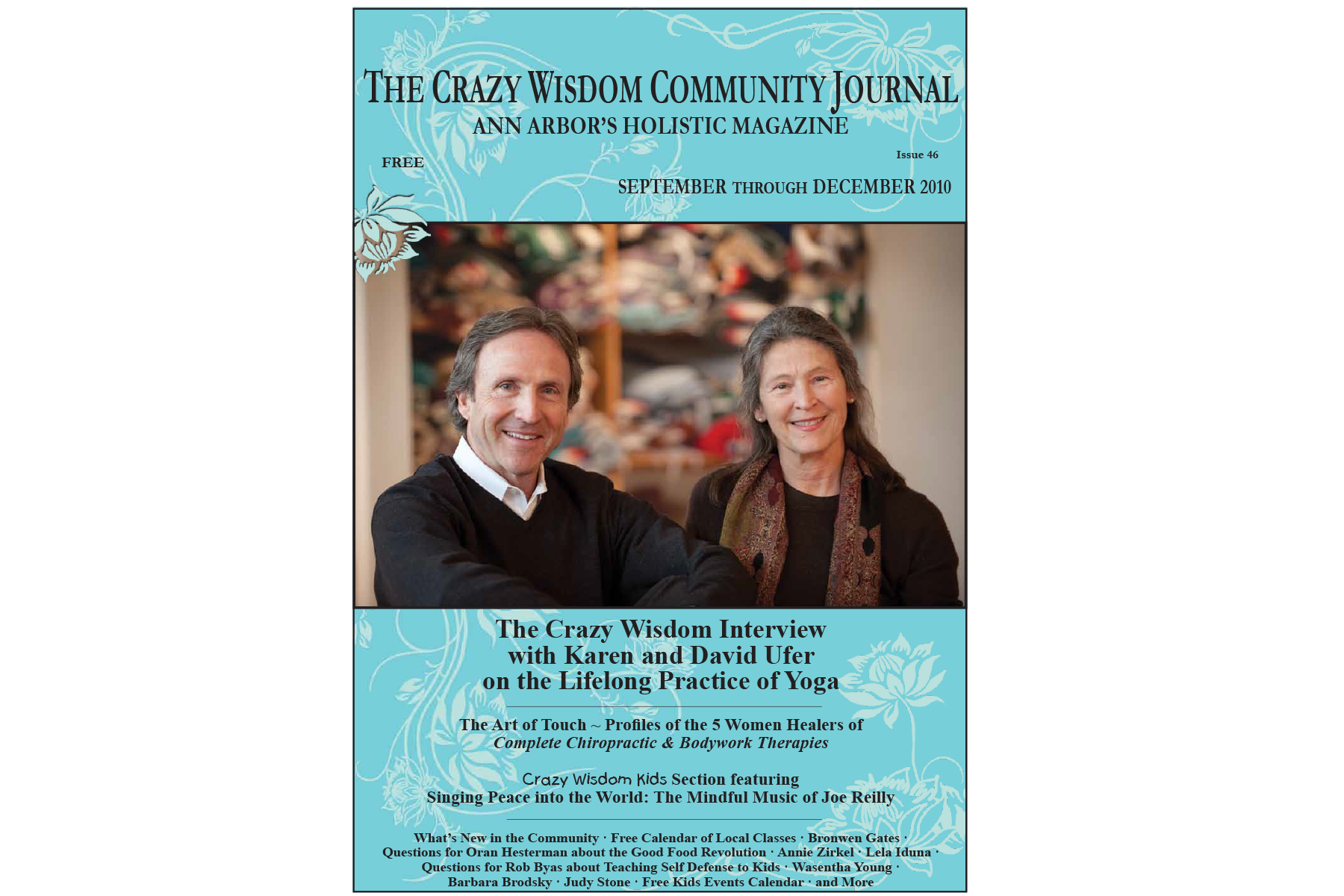
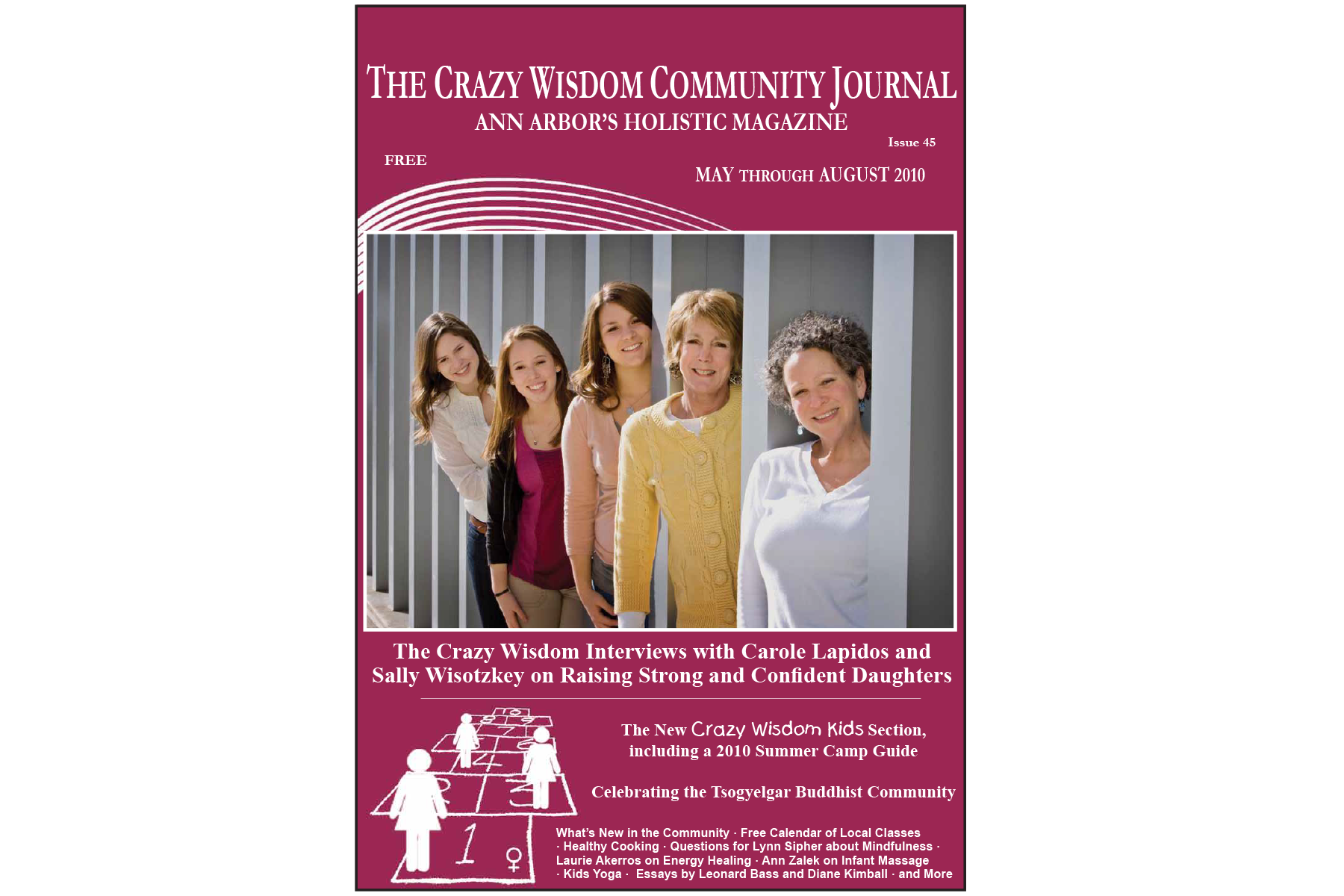
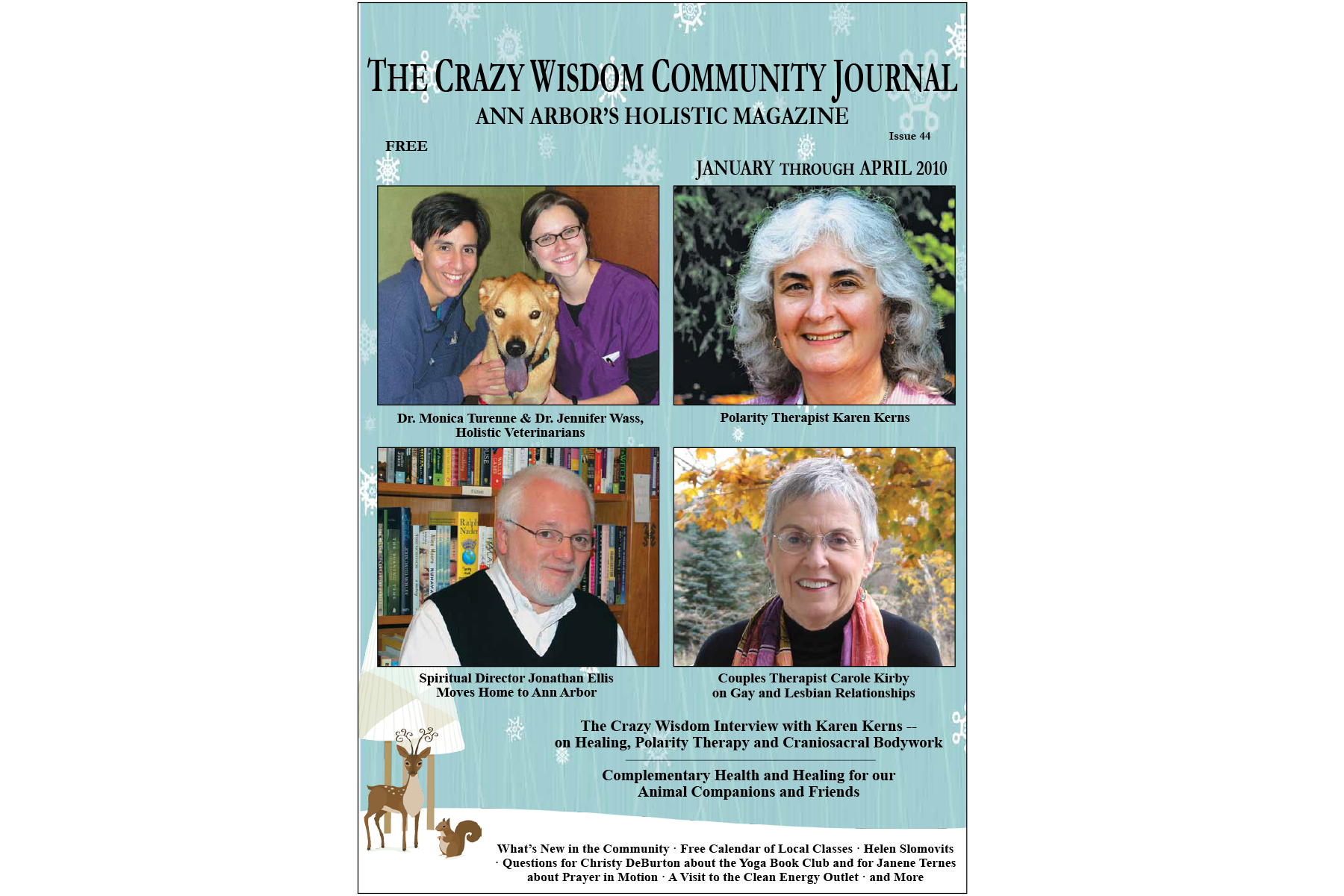



As arts funding dwindles and screens pull audiences away from live experiences, one Ann Arbor nonprofit is quietly transforming the cultural landscape with soul and purpose. For nearly five decades, Great Lakes Performing Artist Associates (GLPAA) has championed real human connection through music.